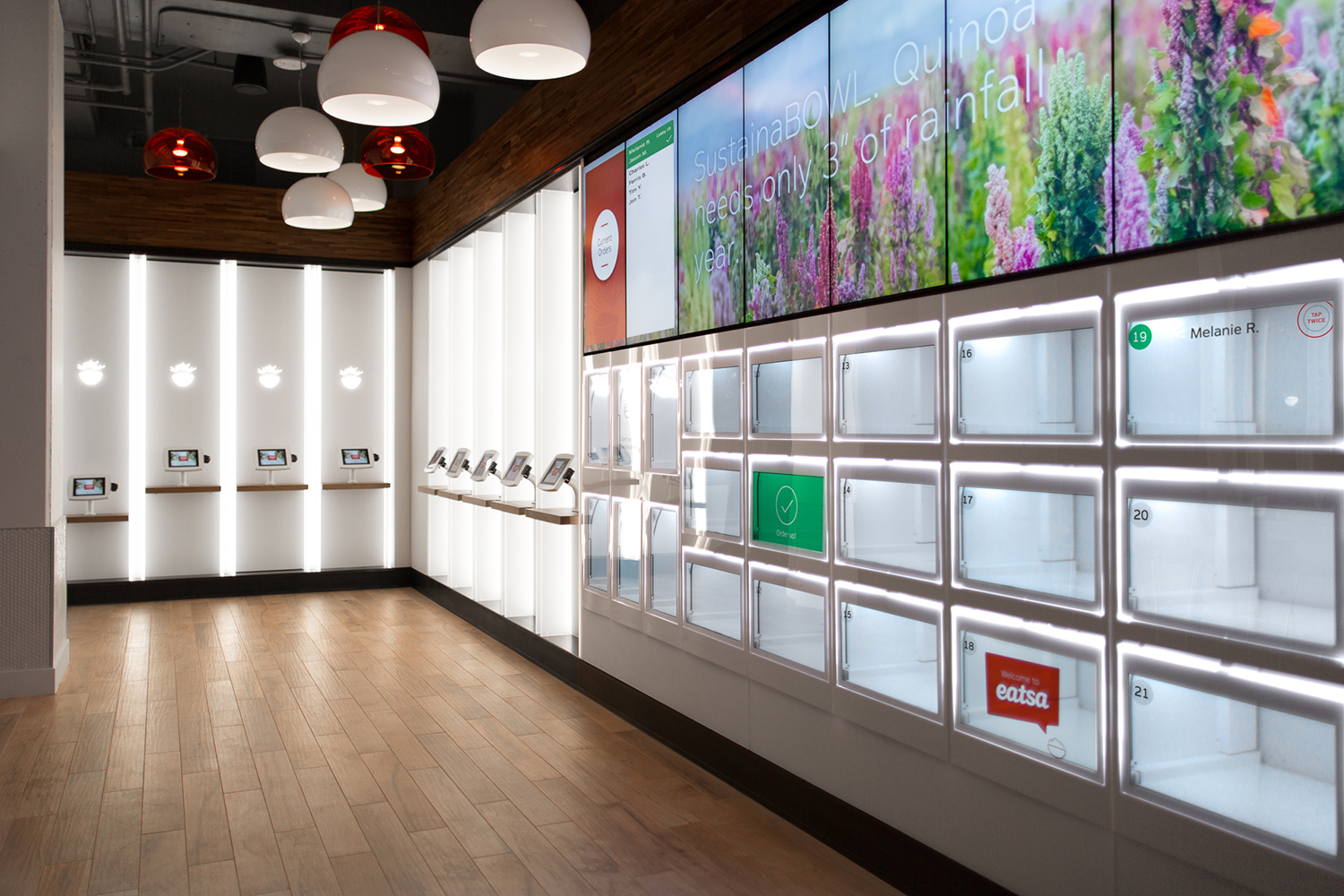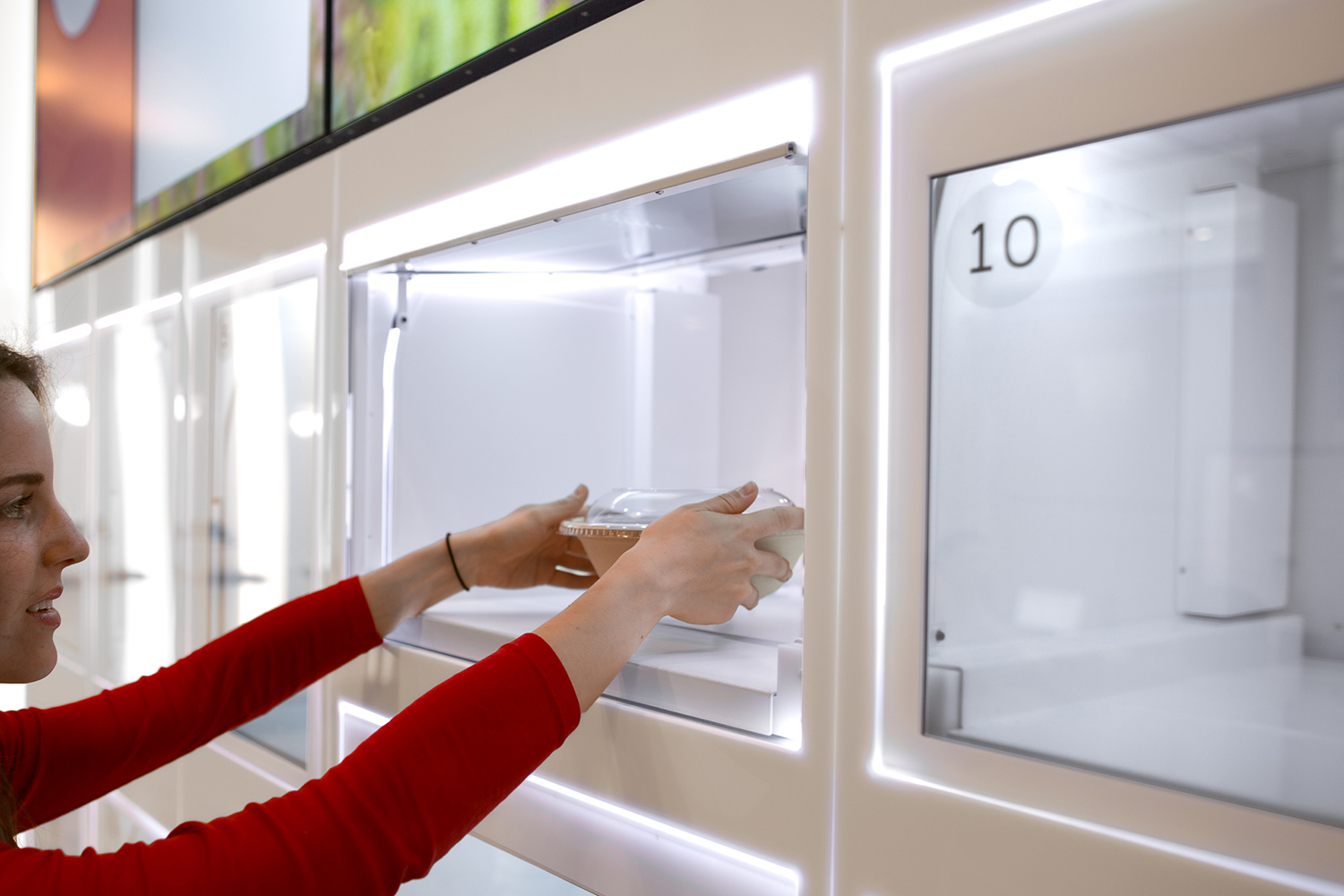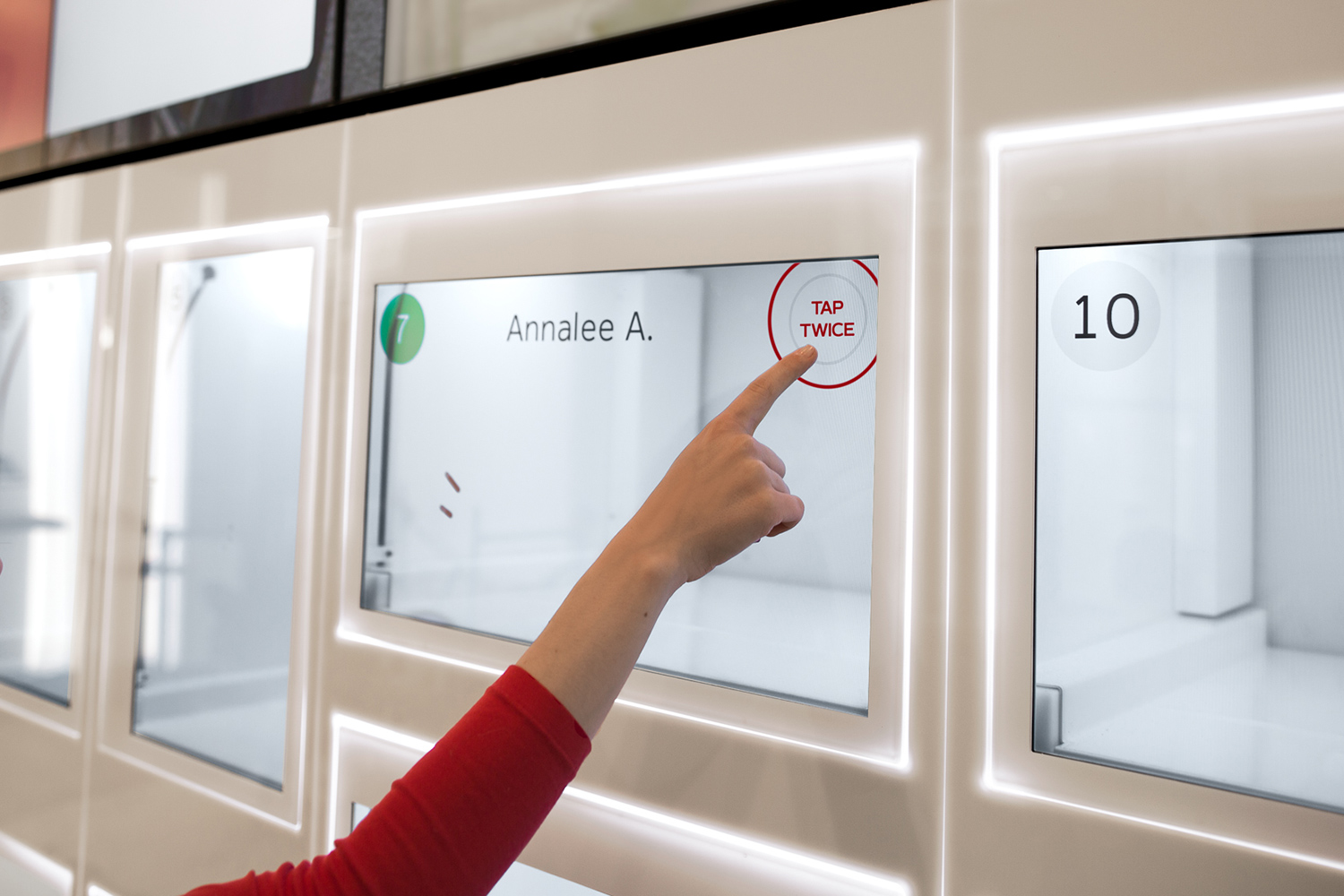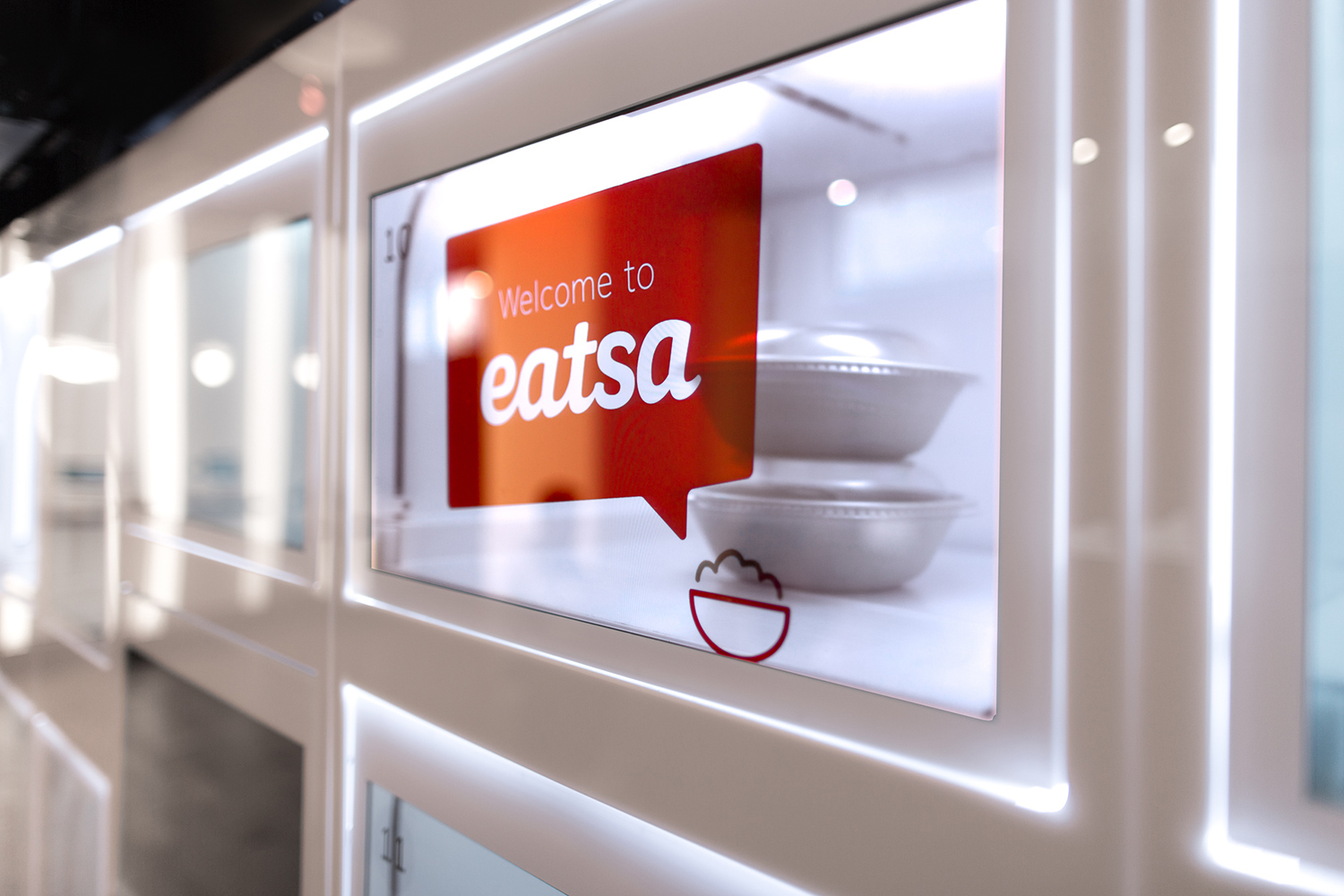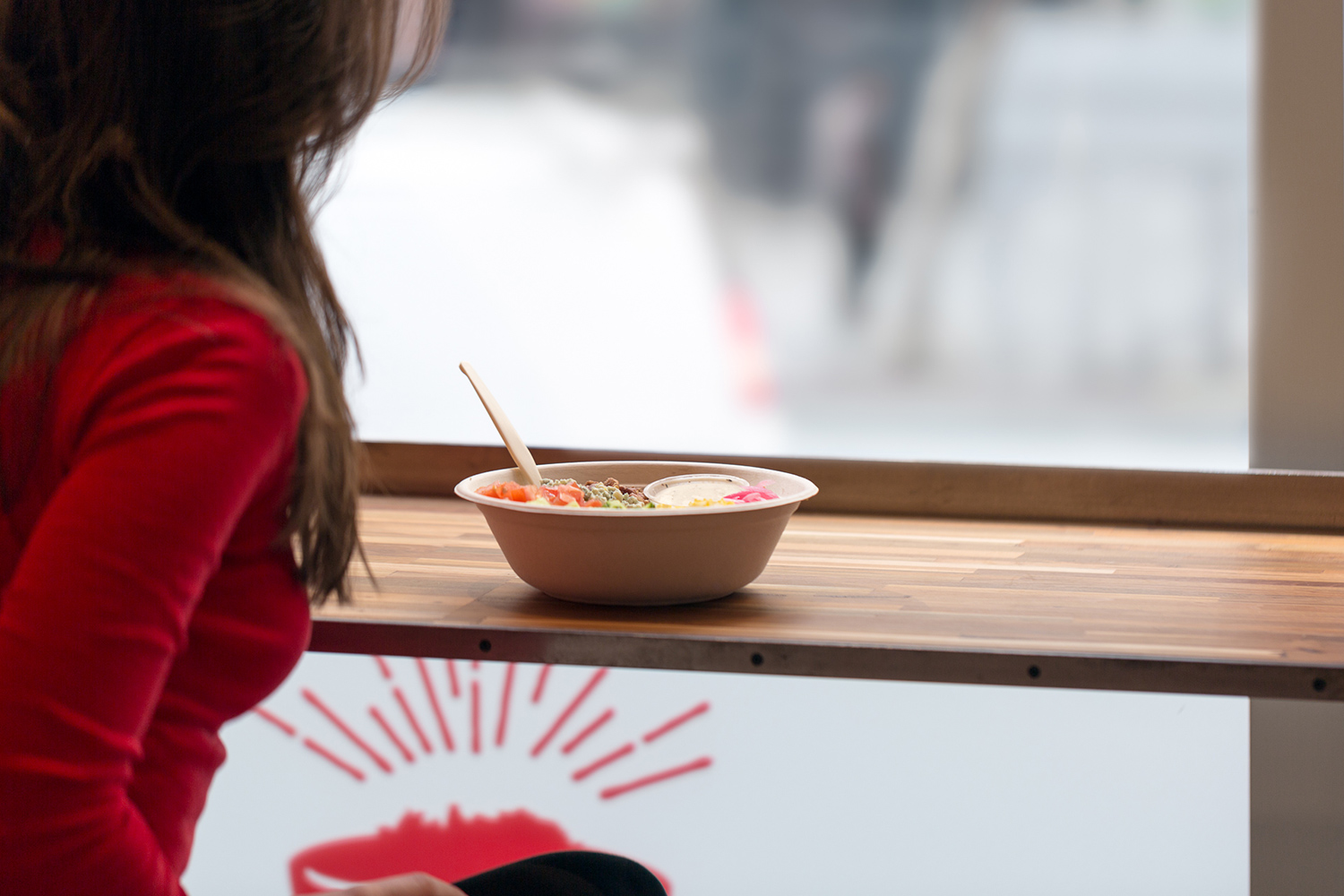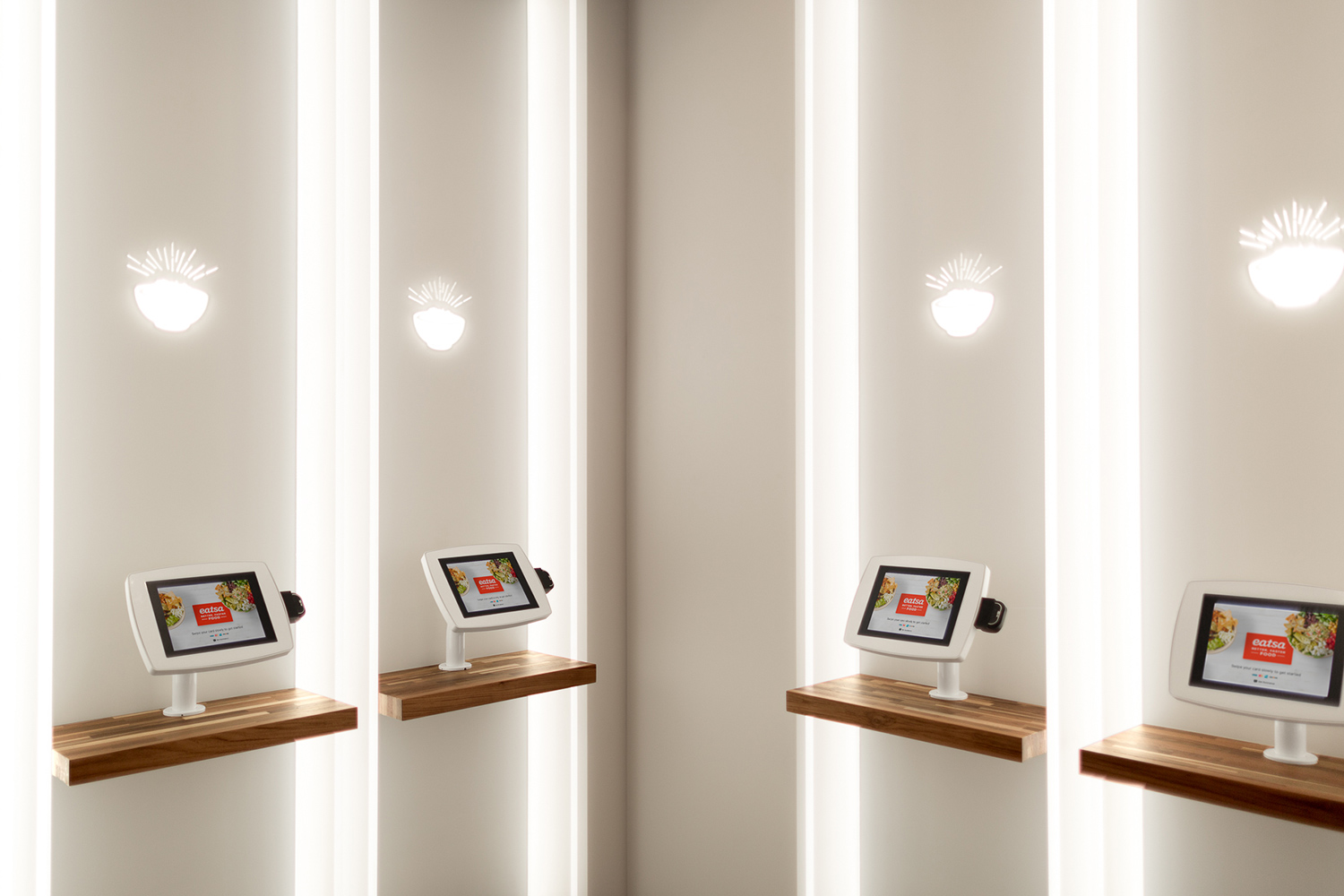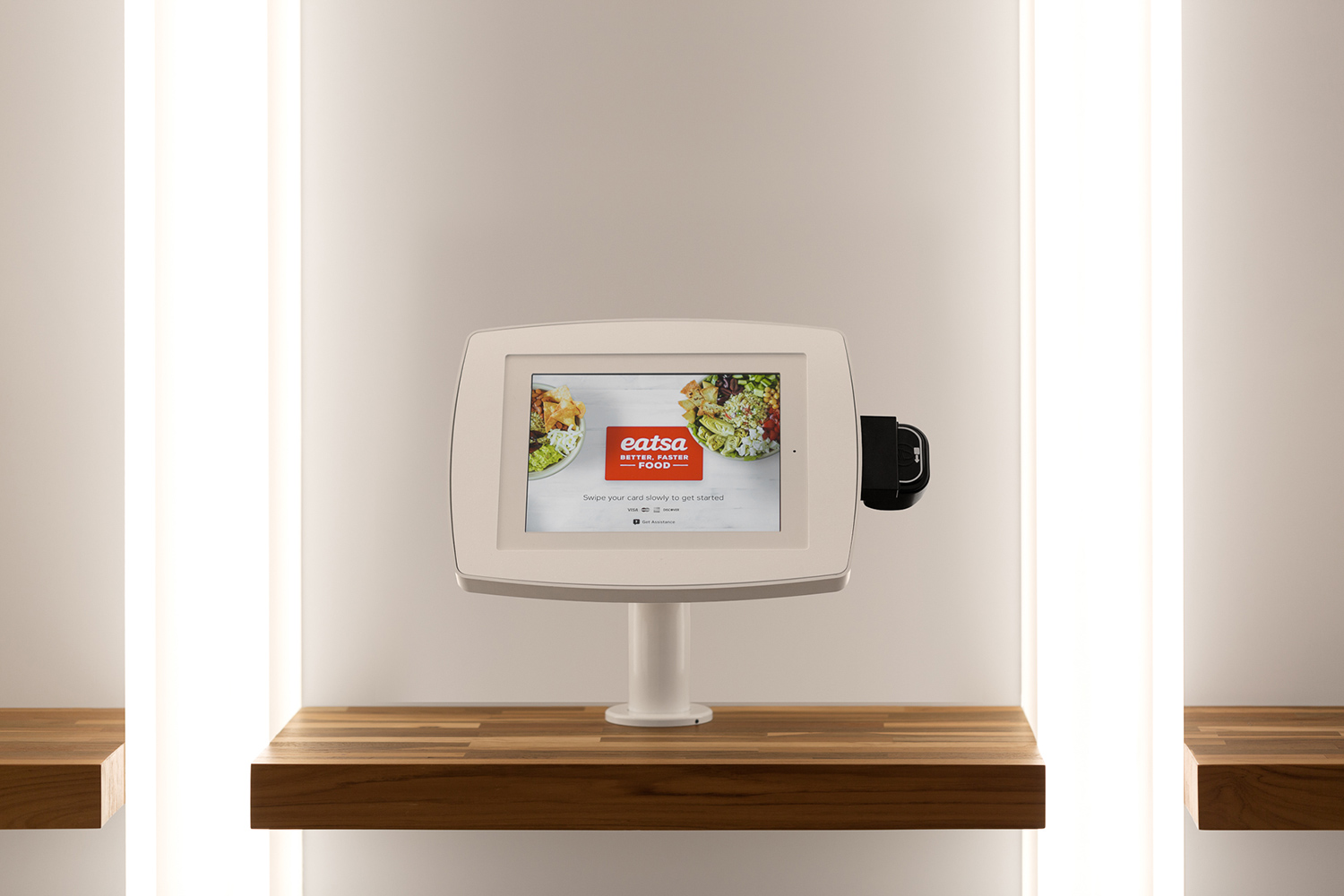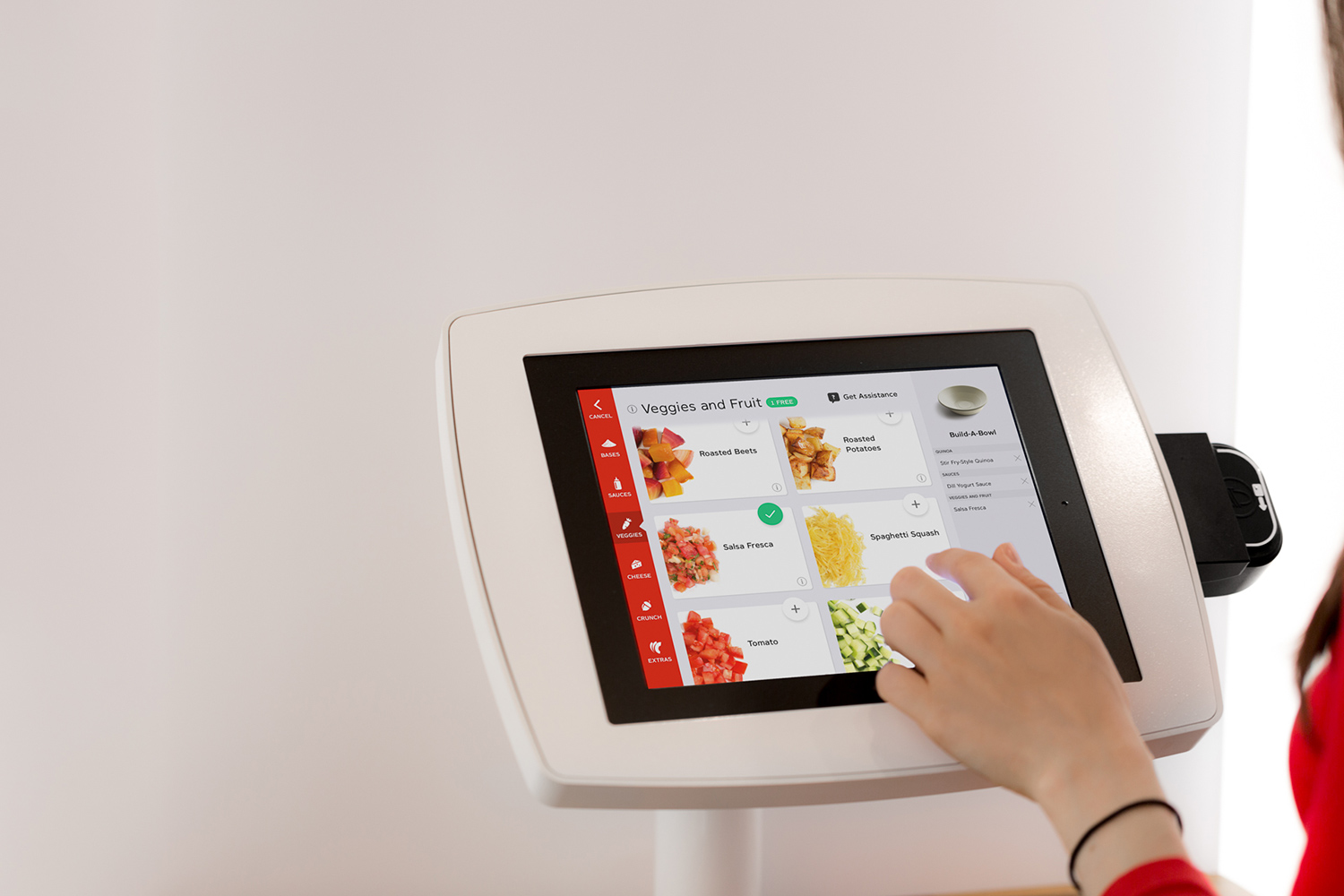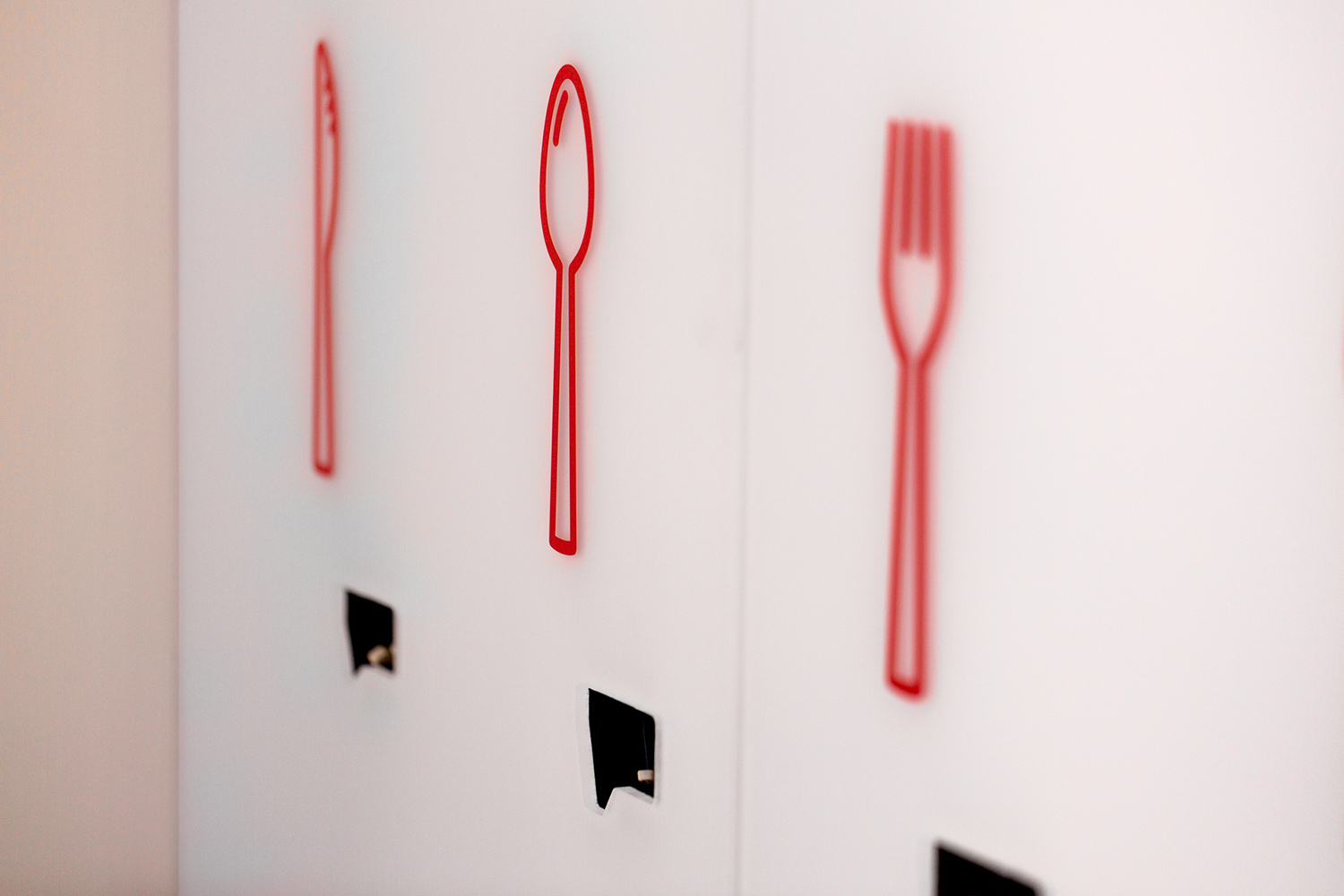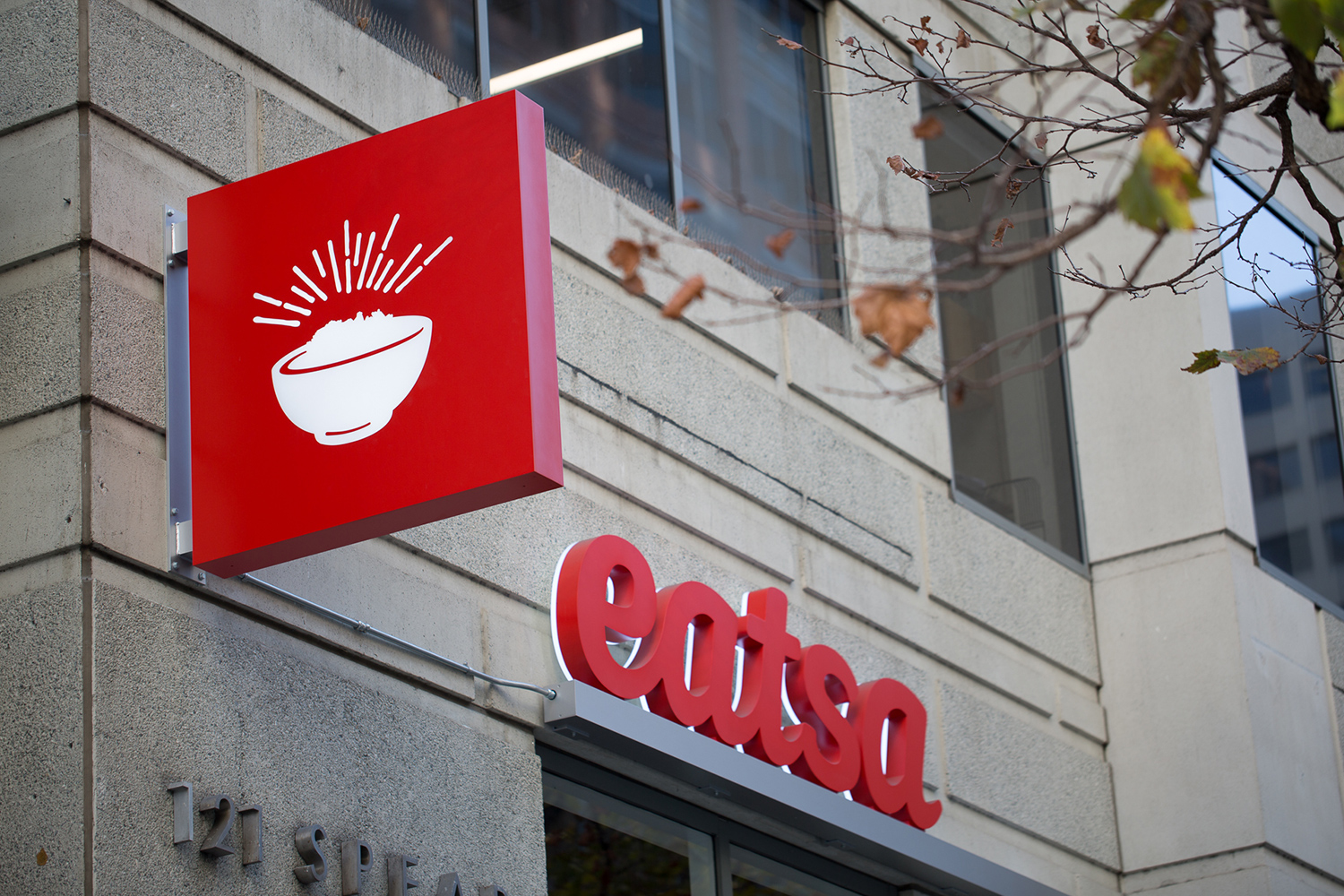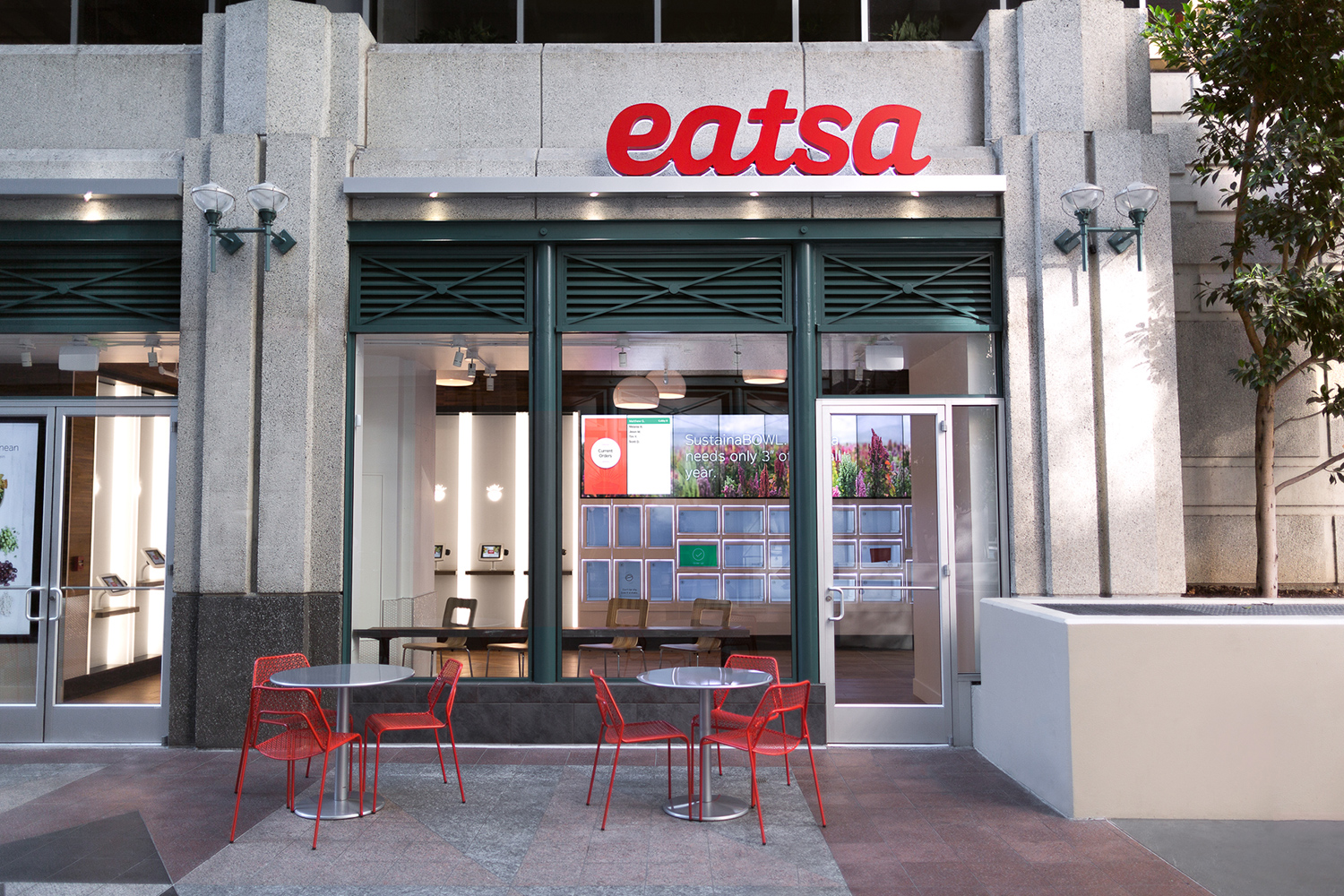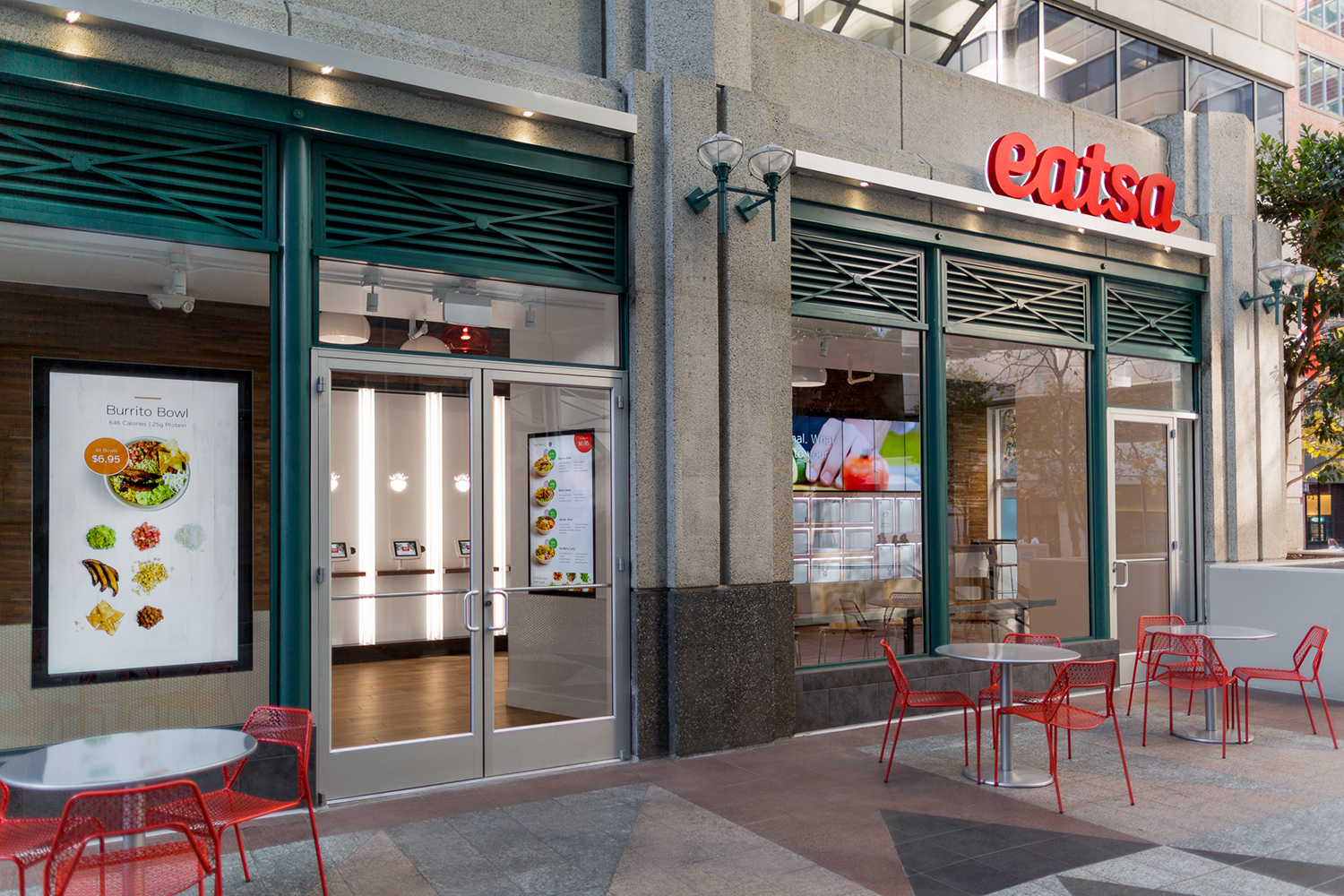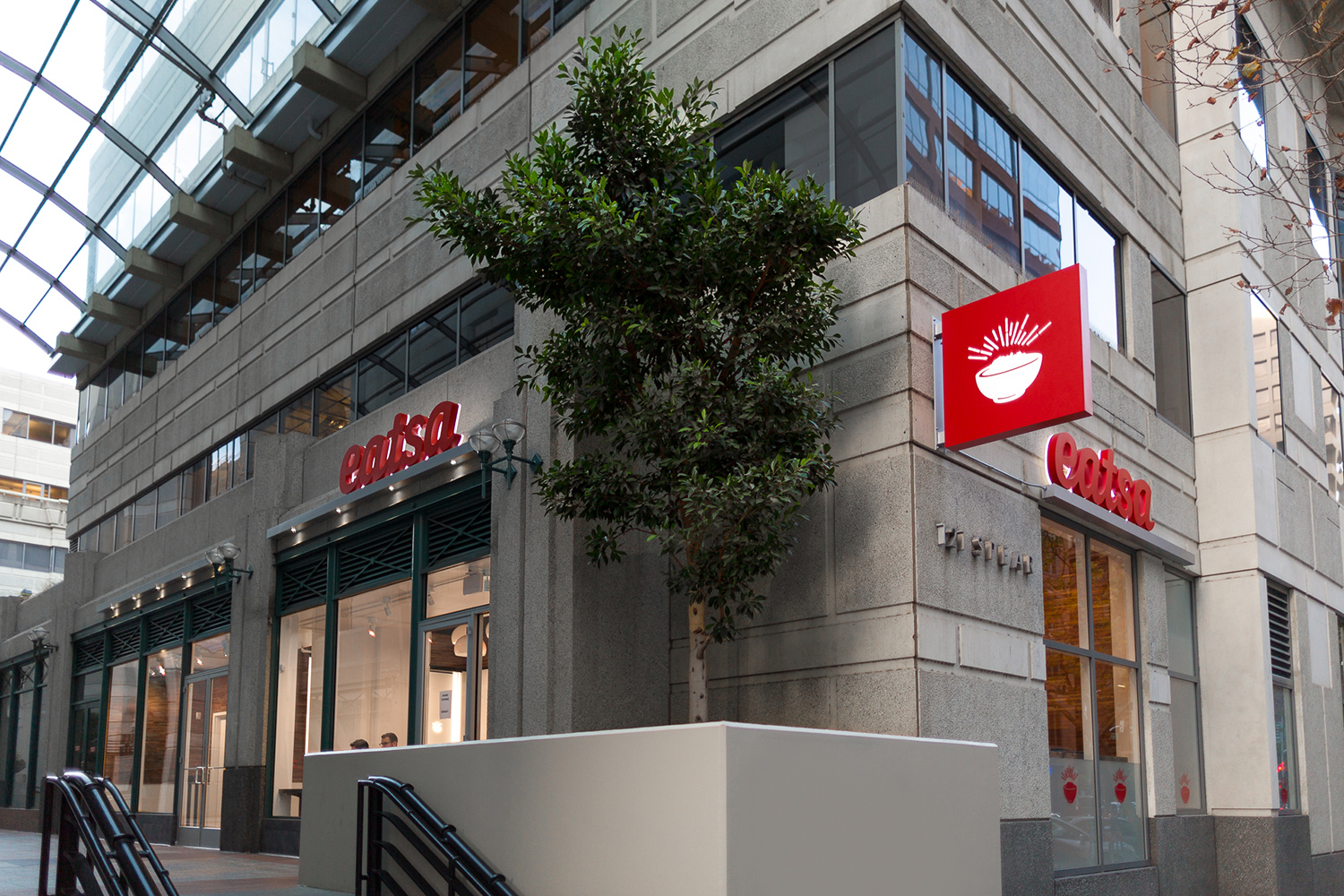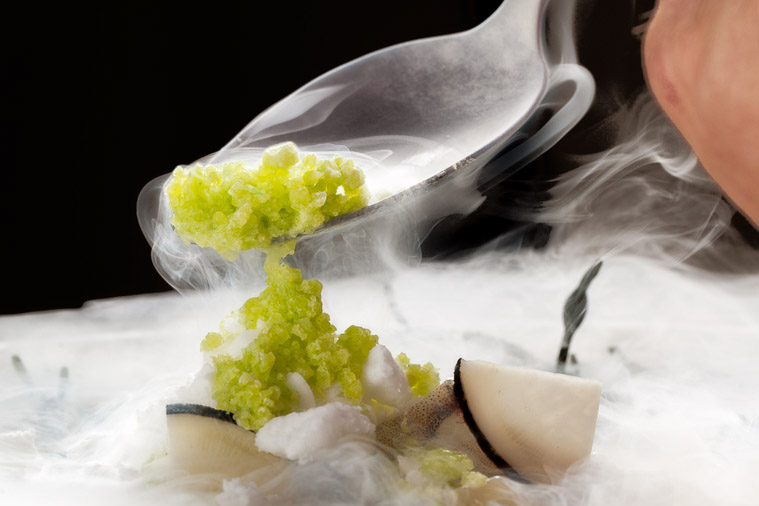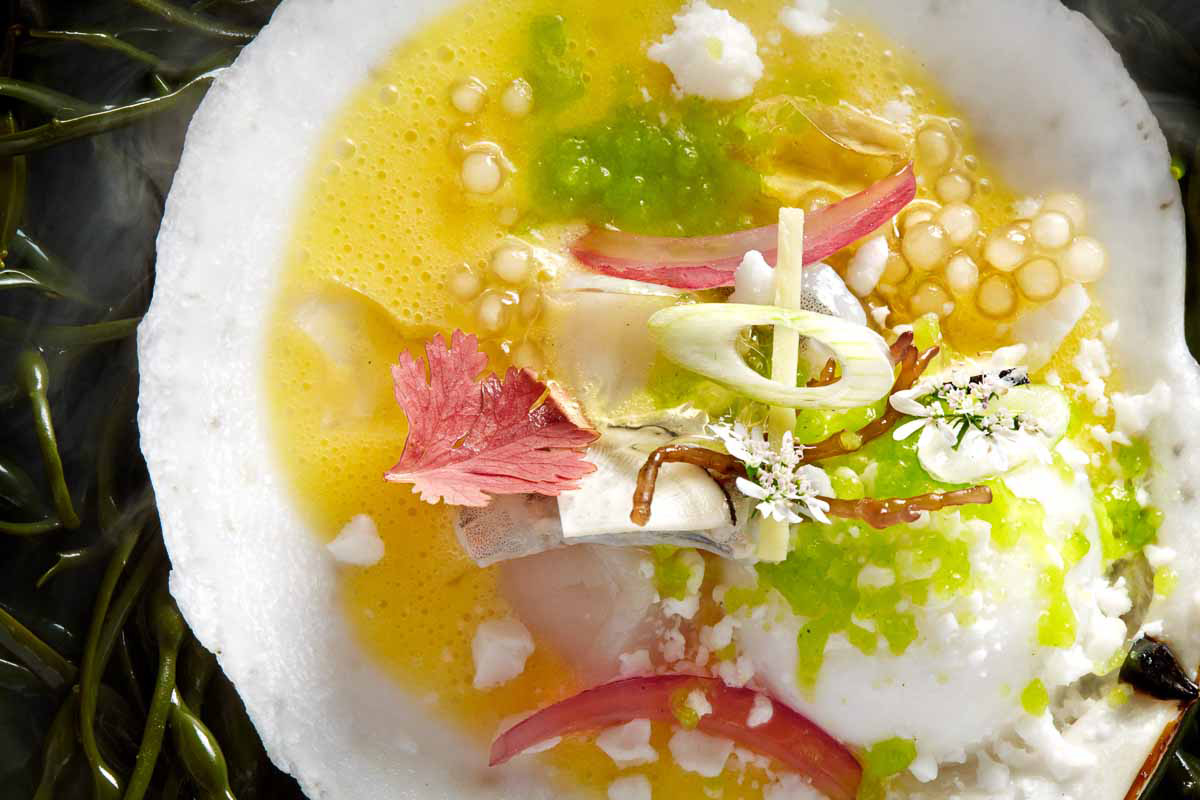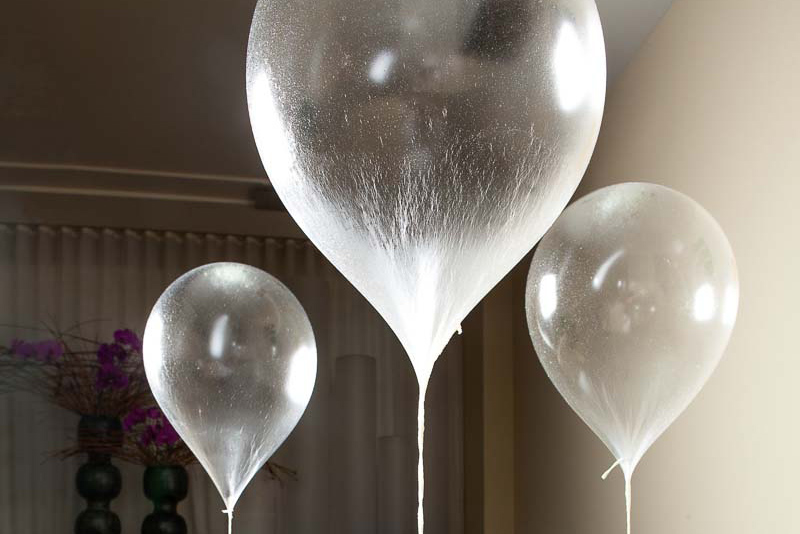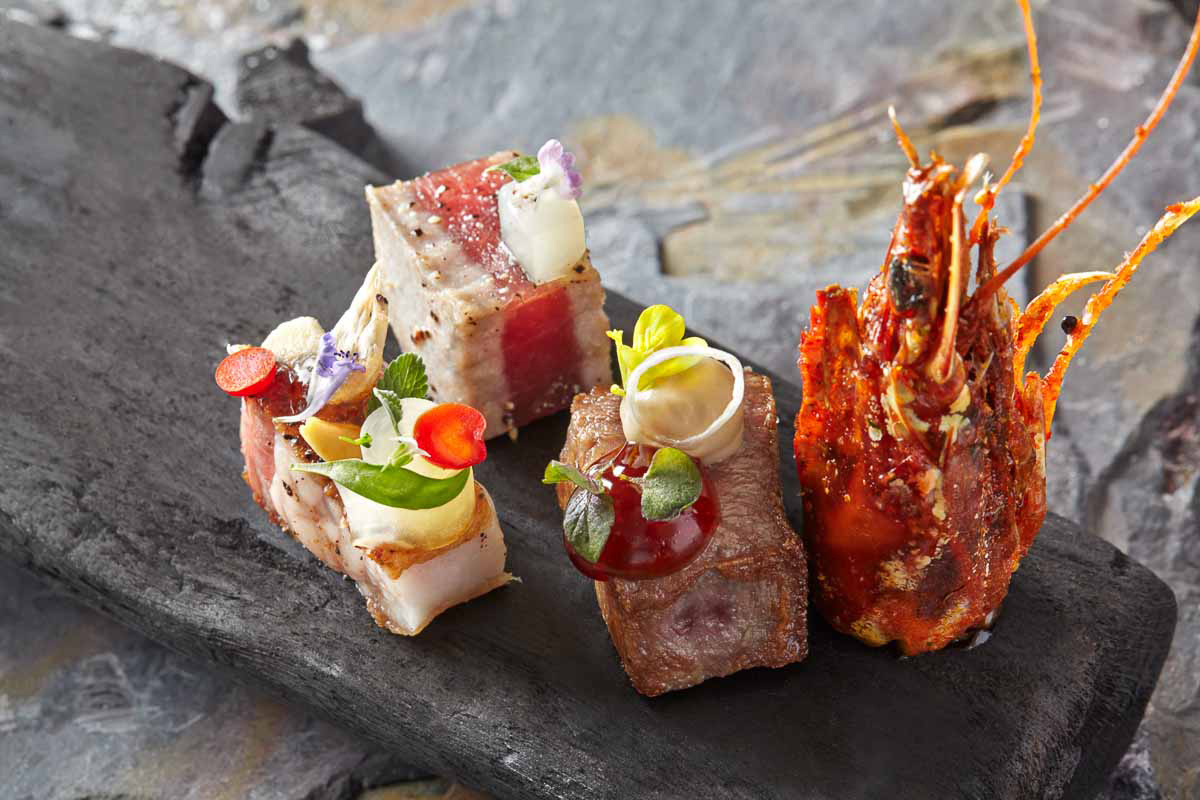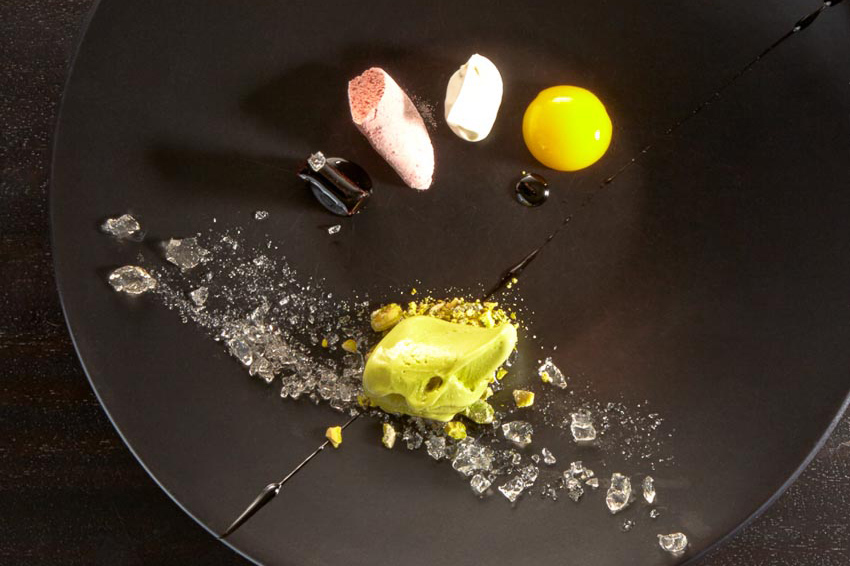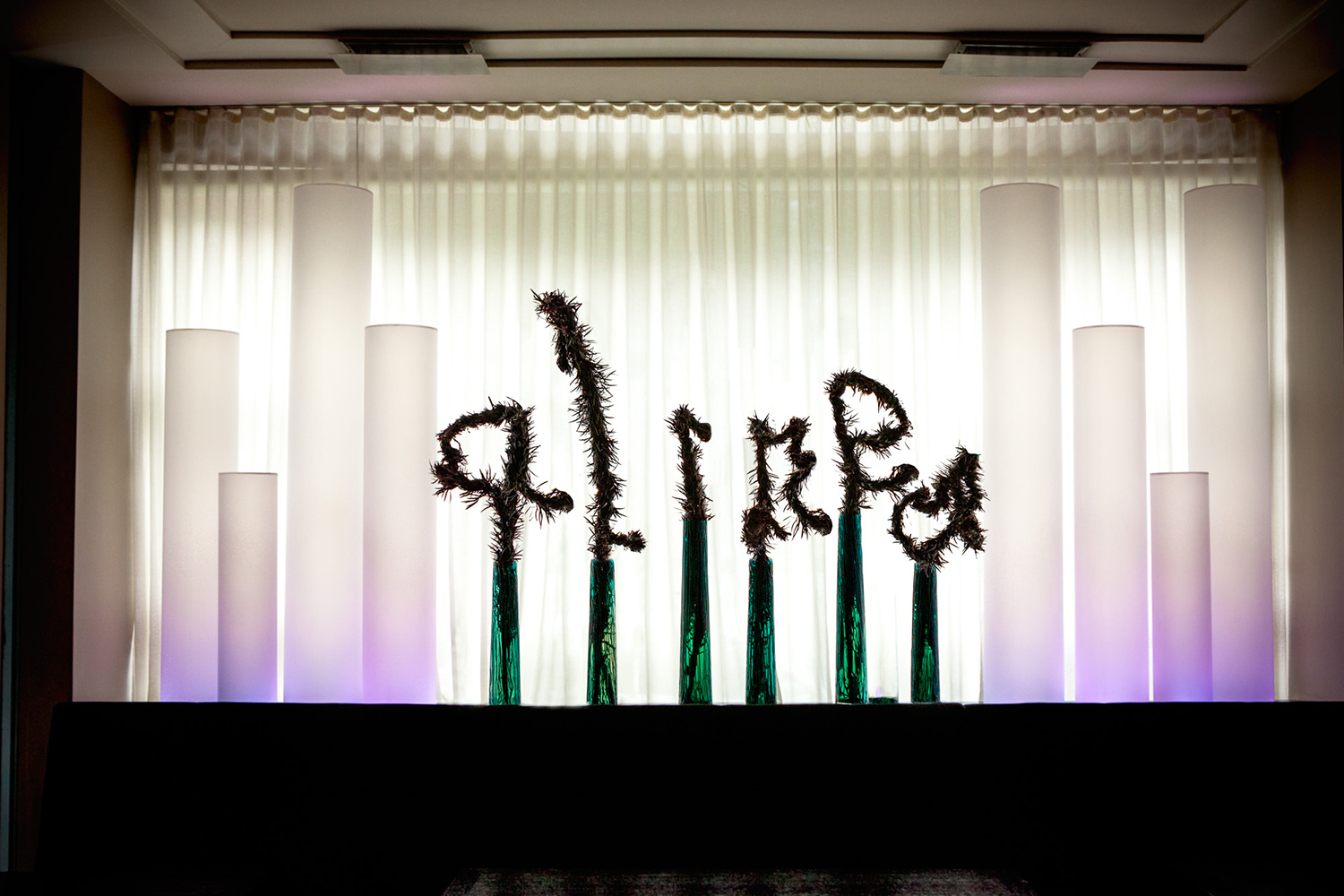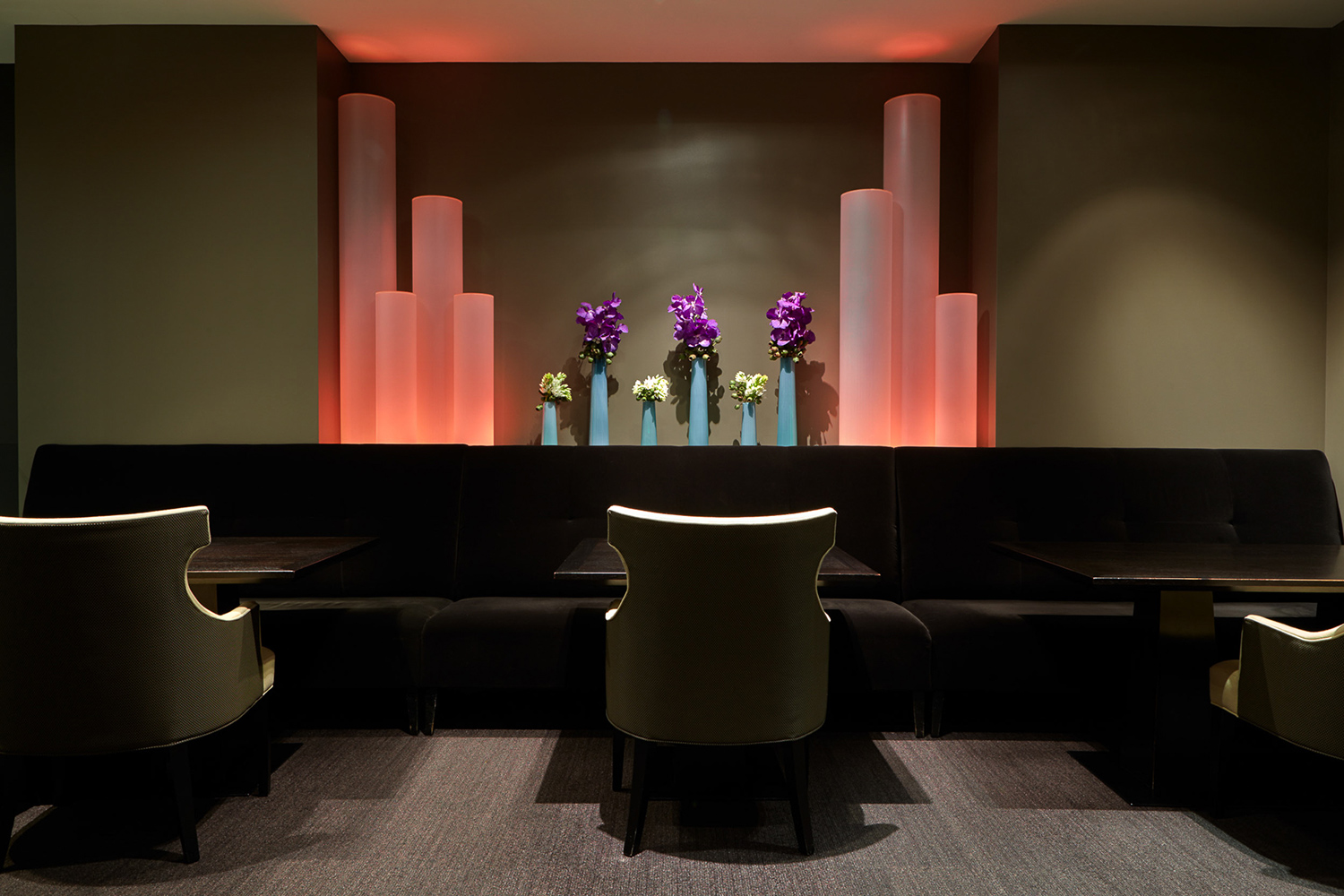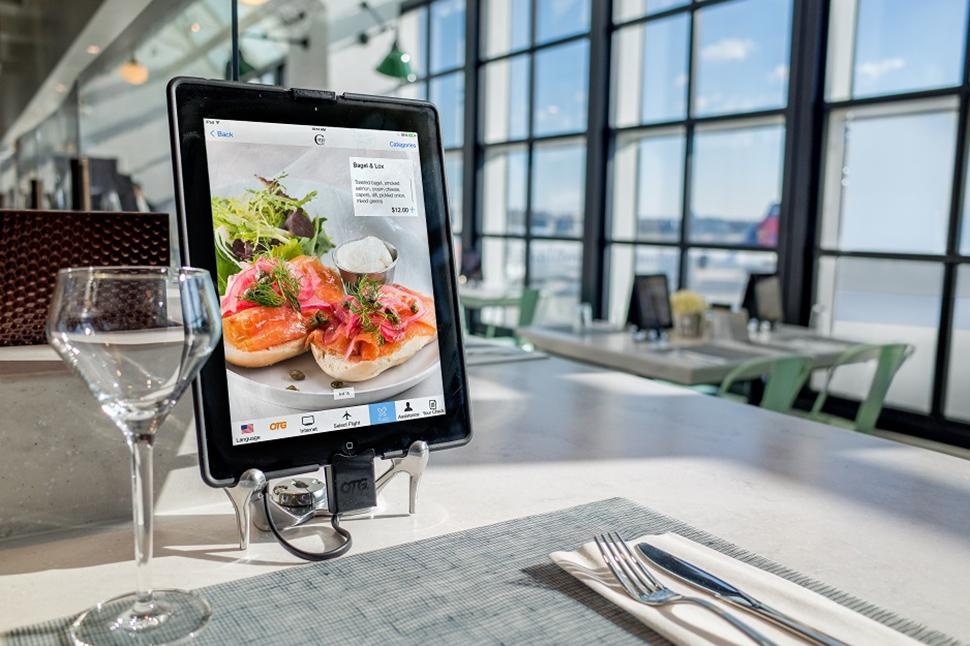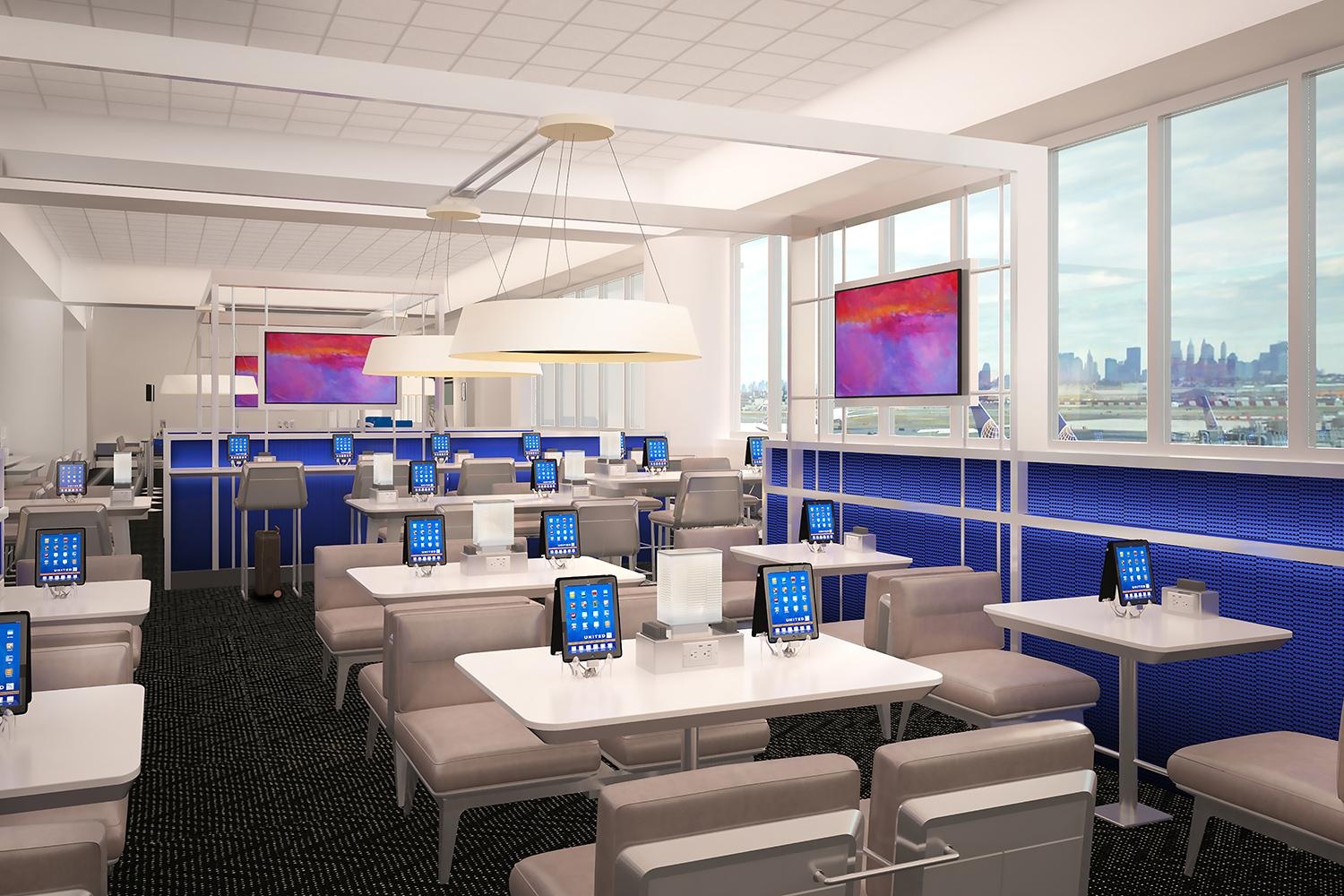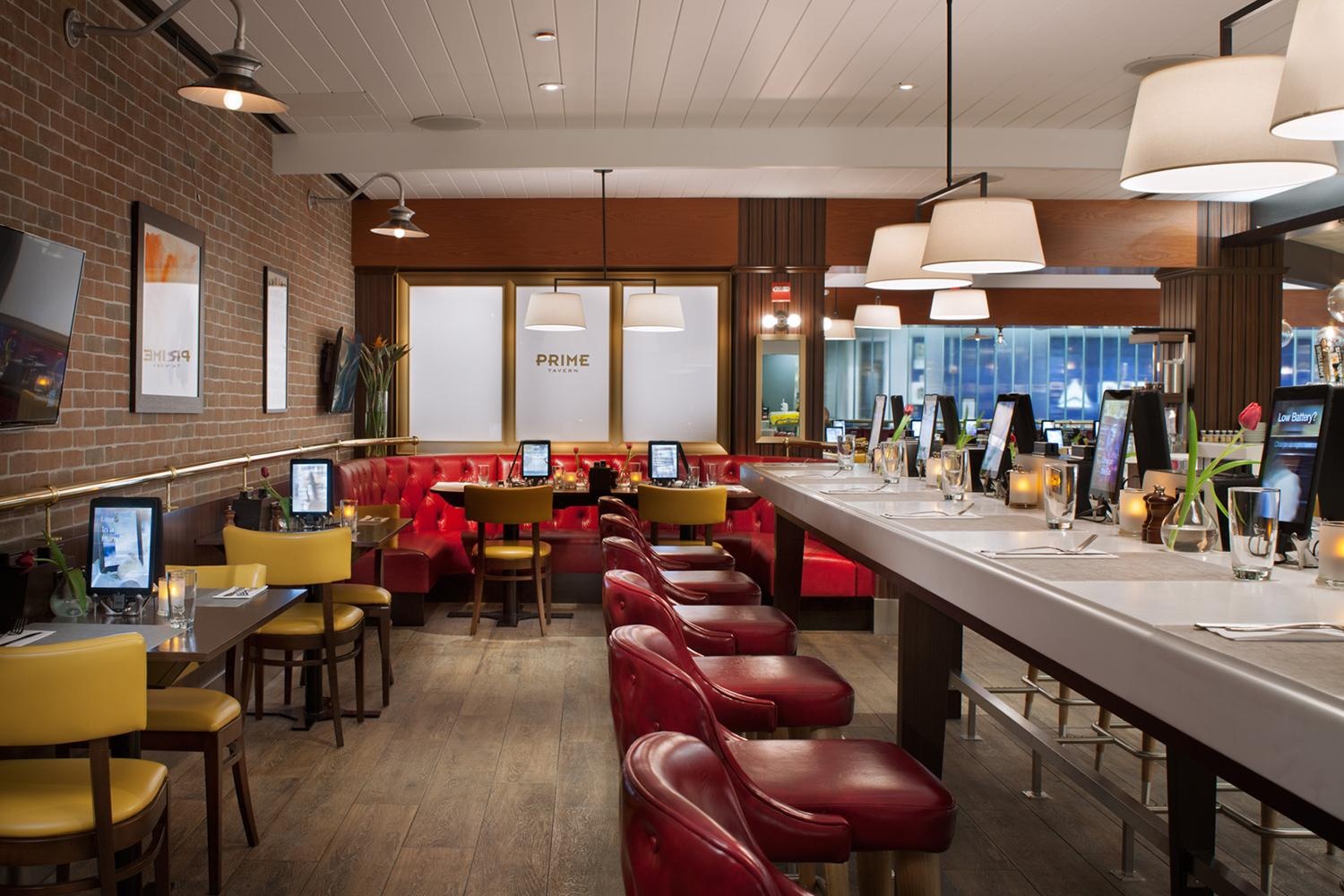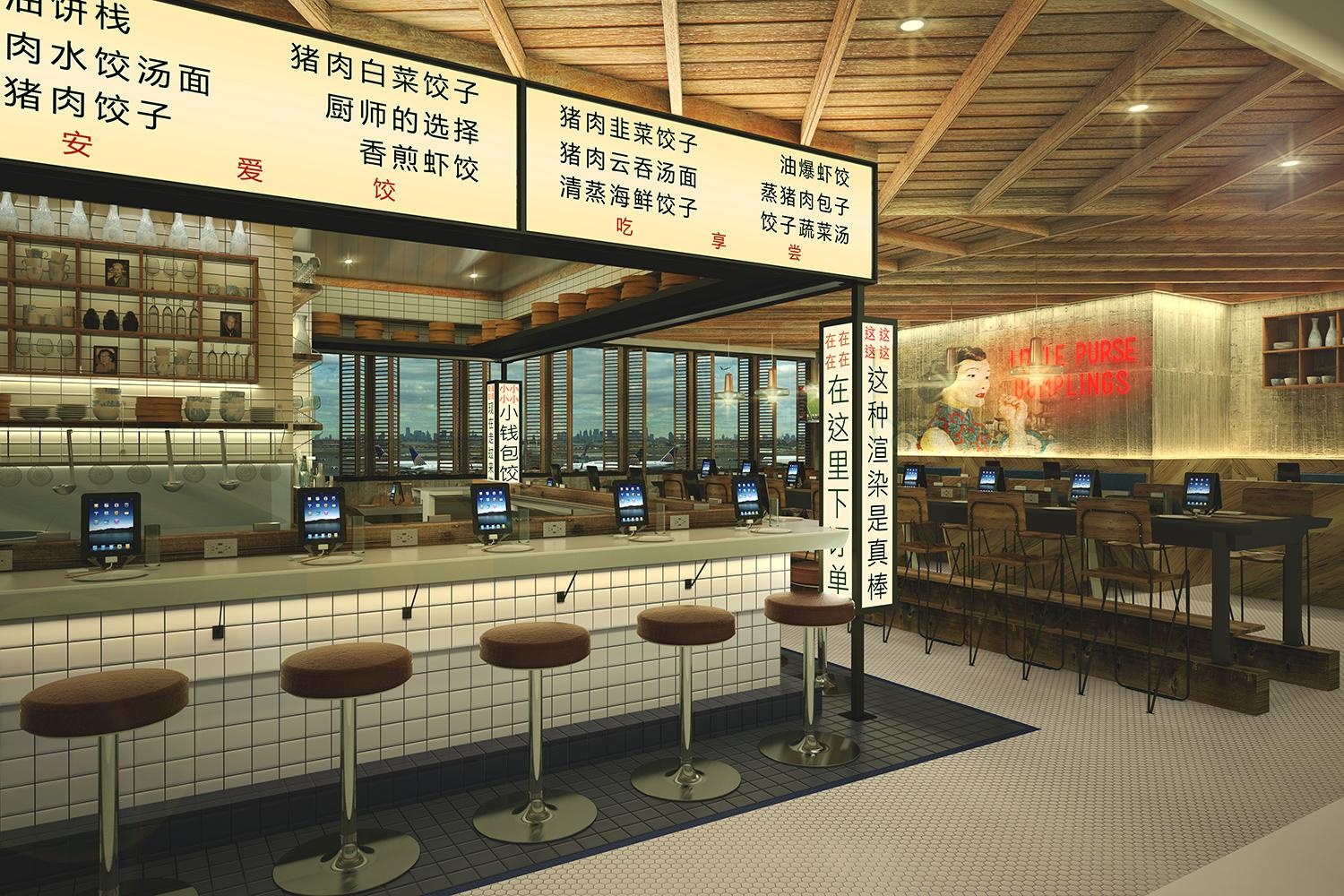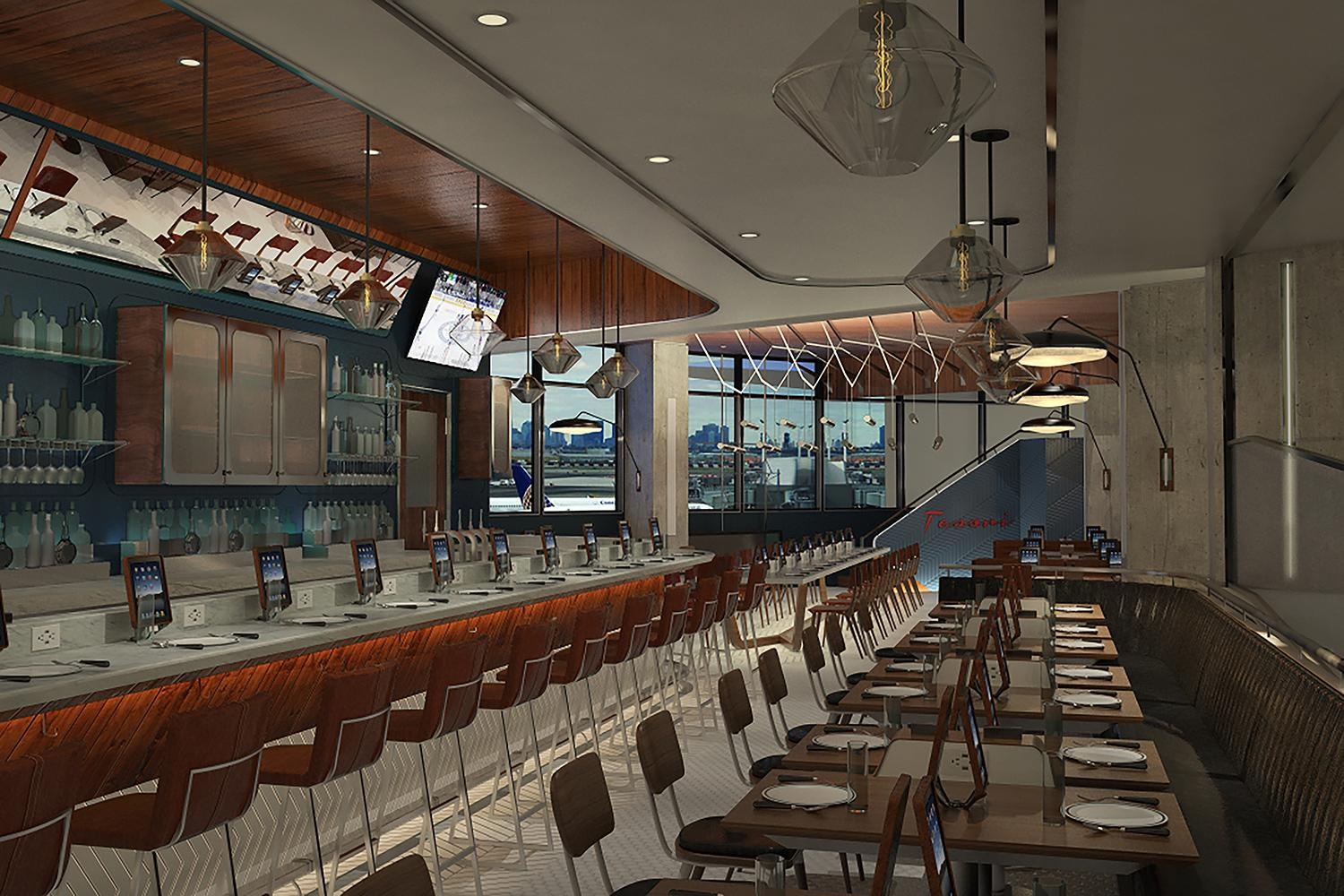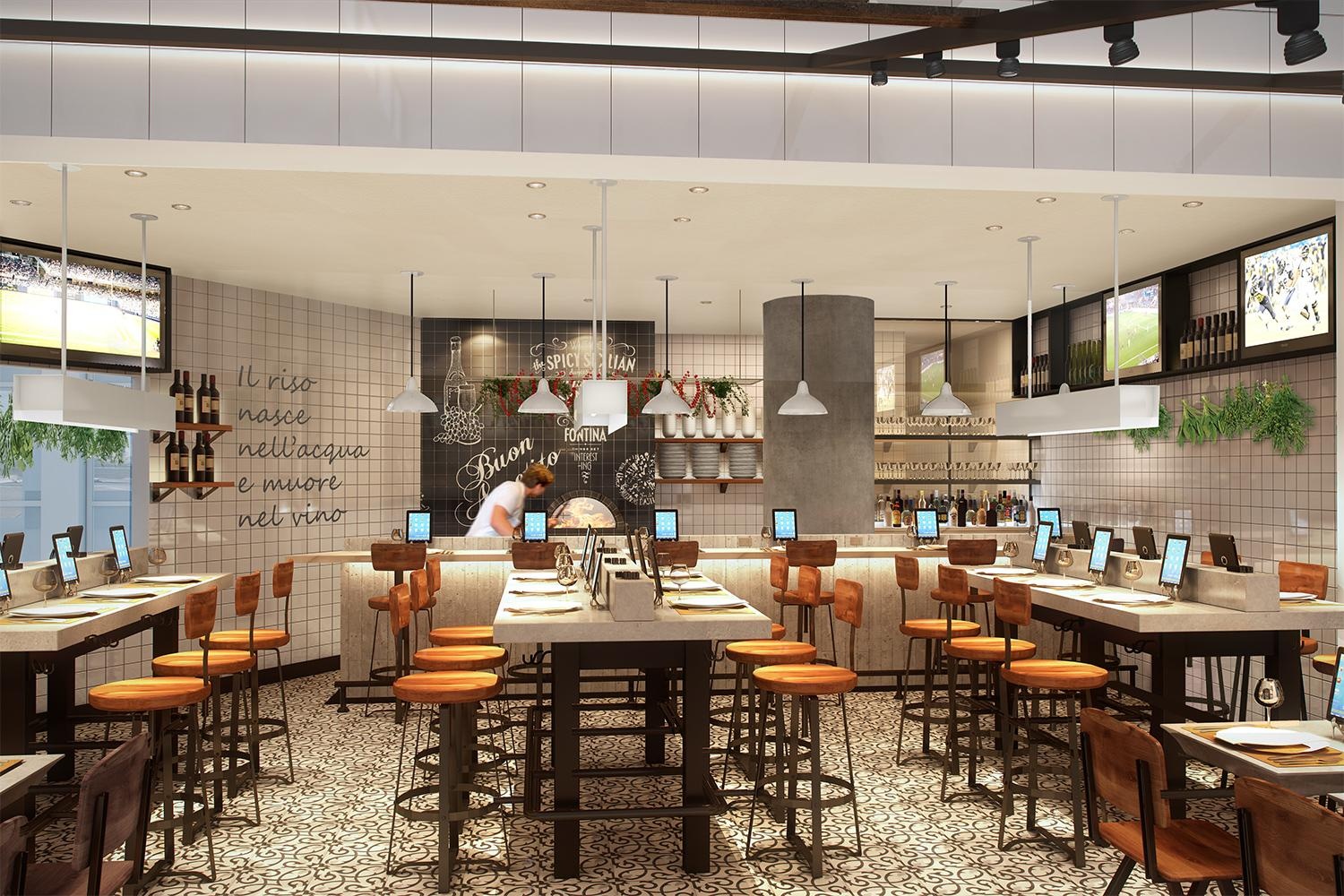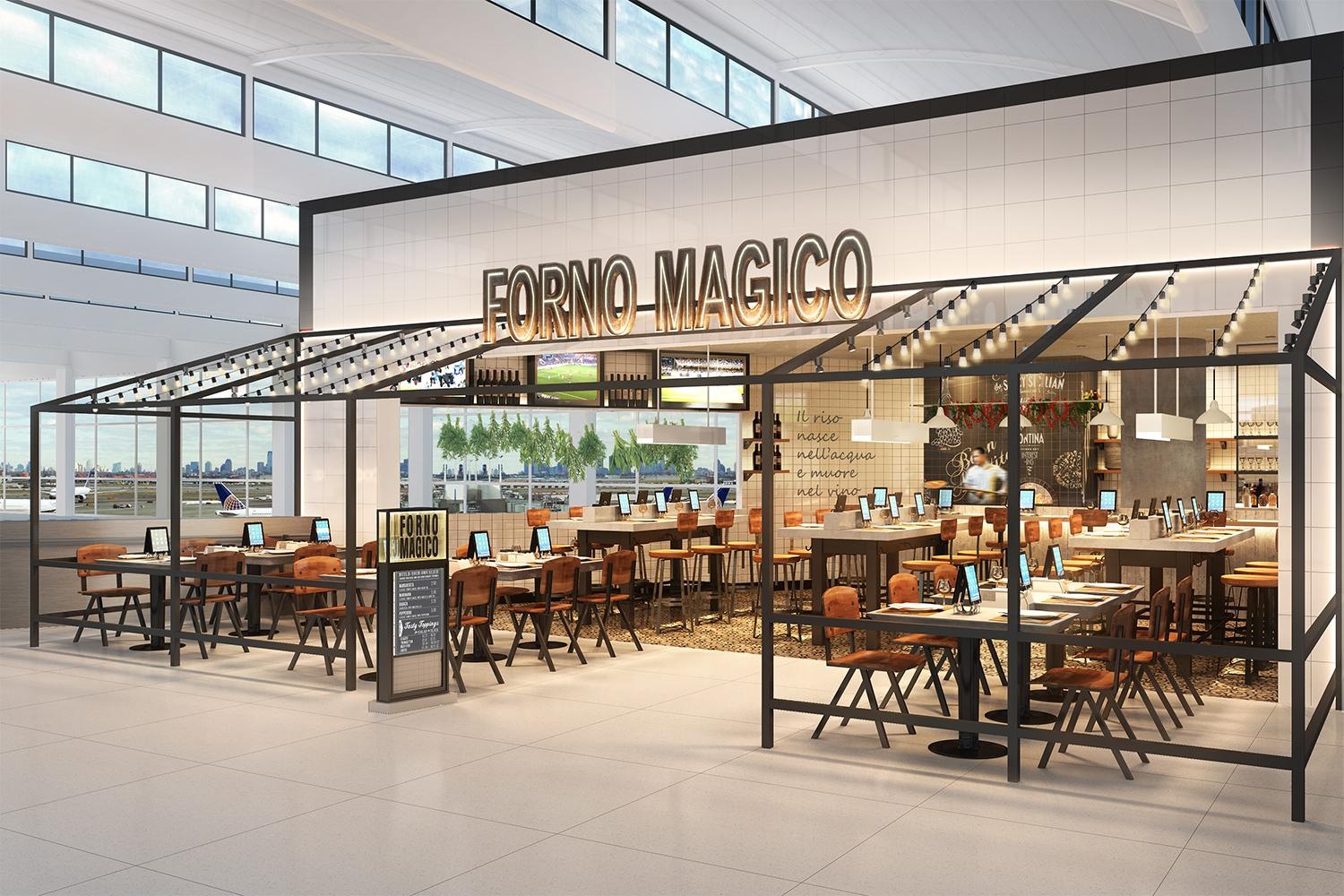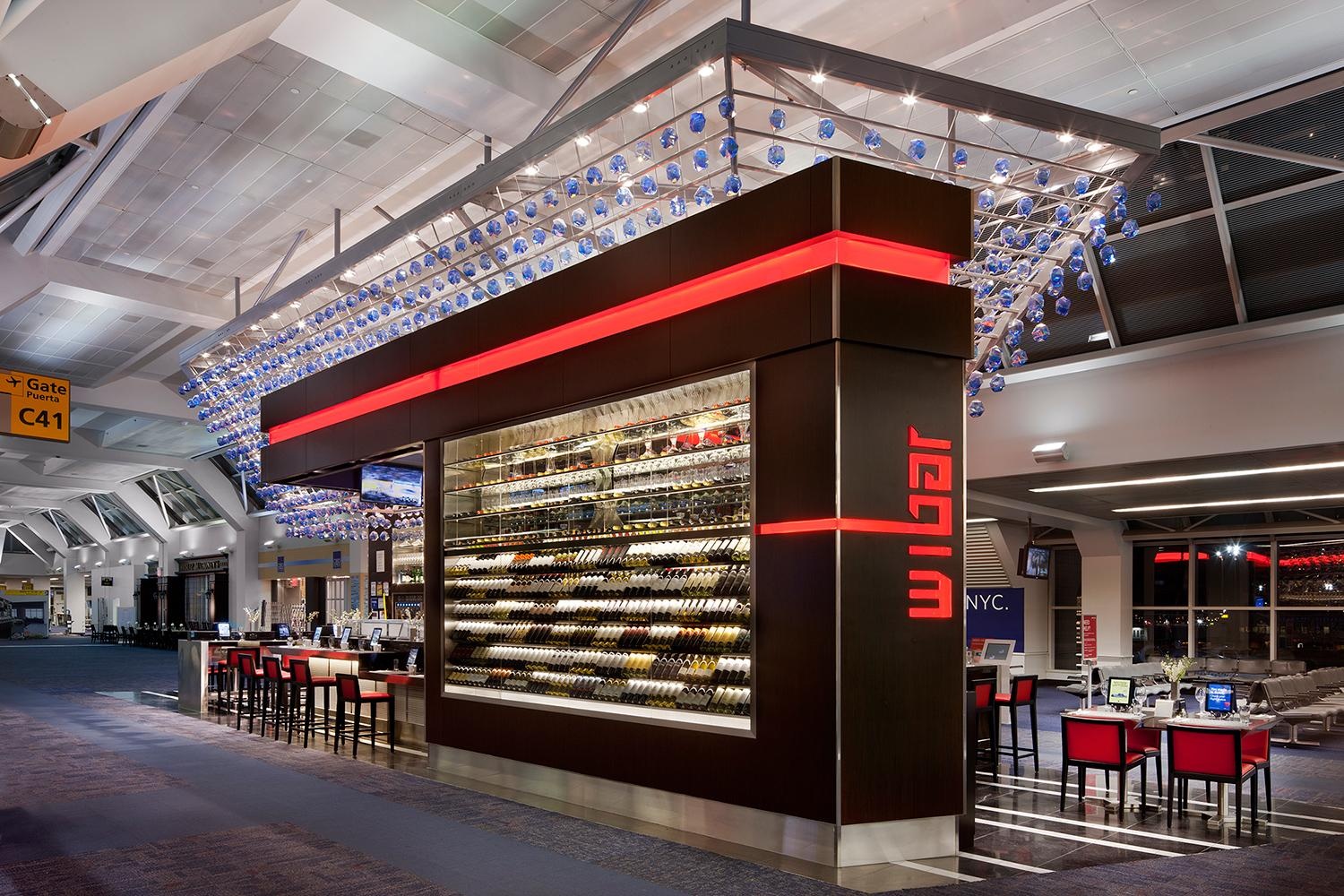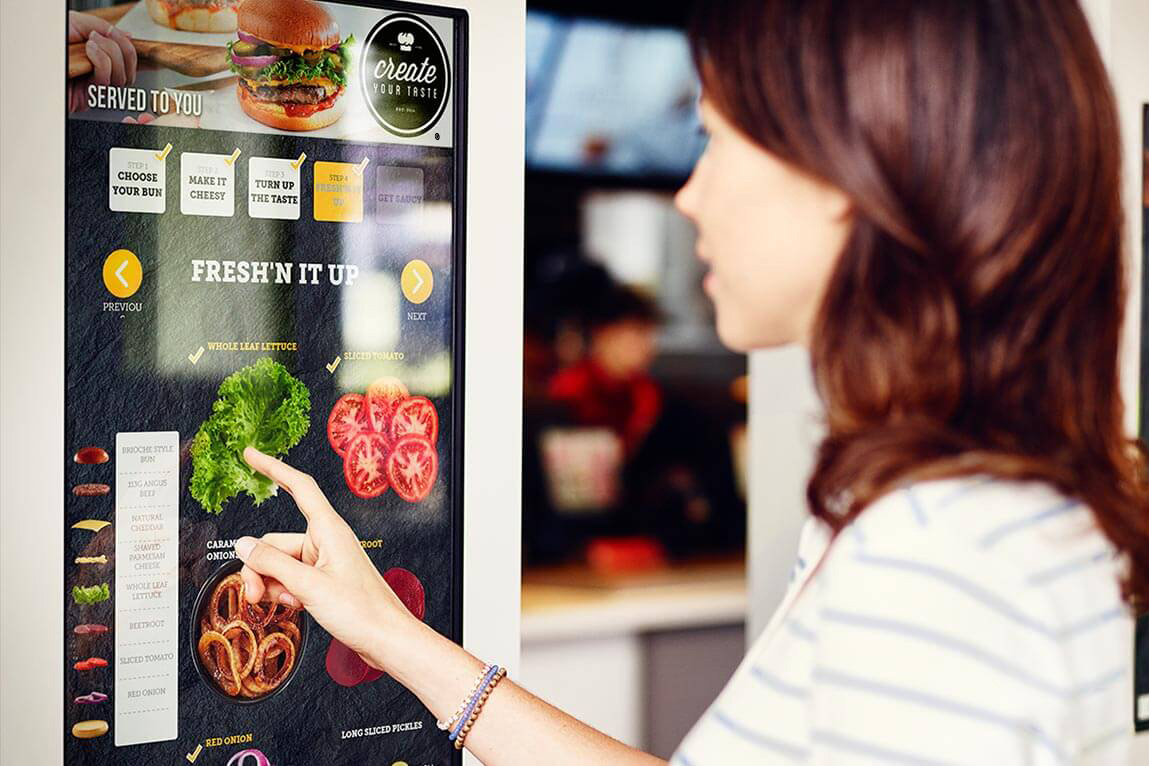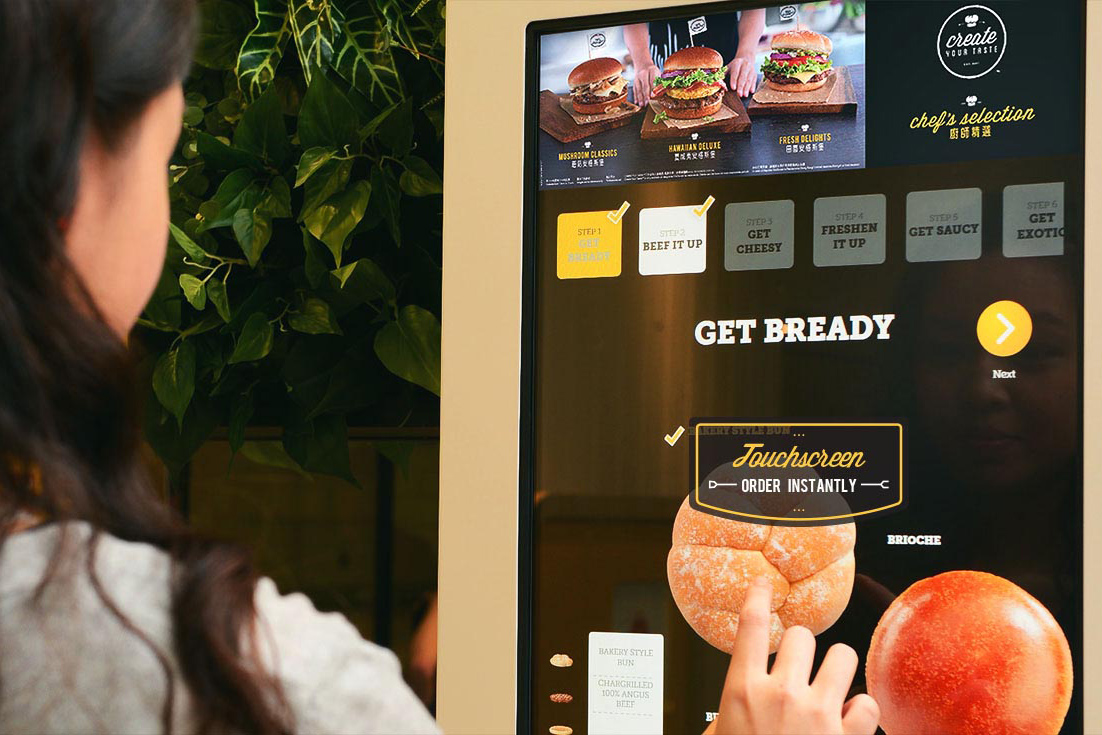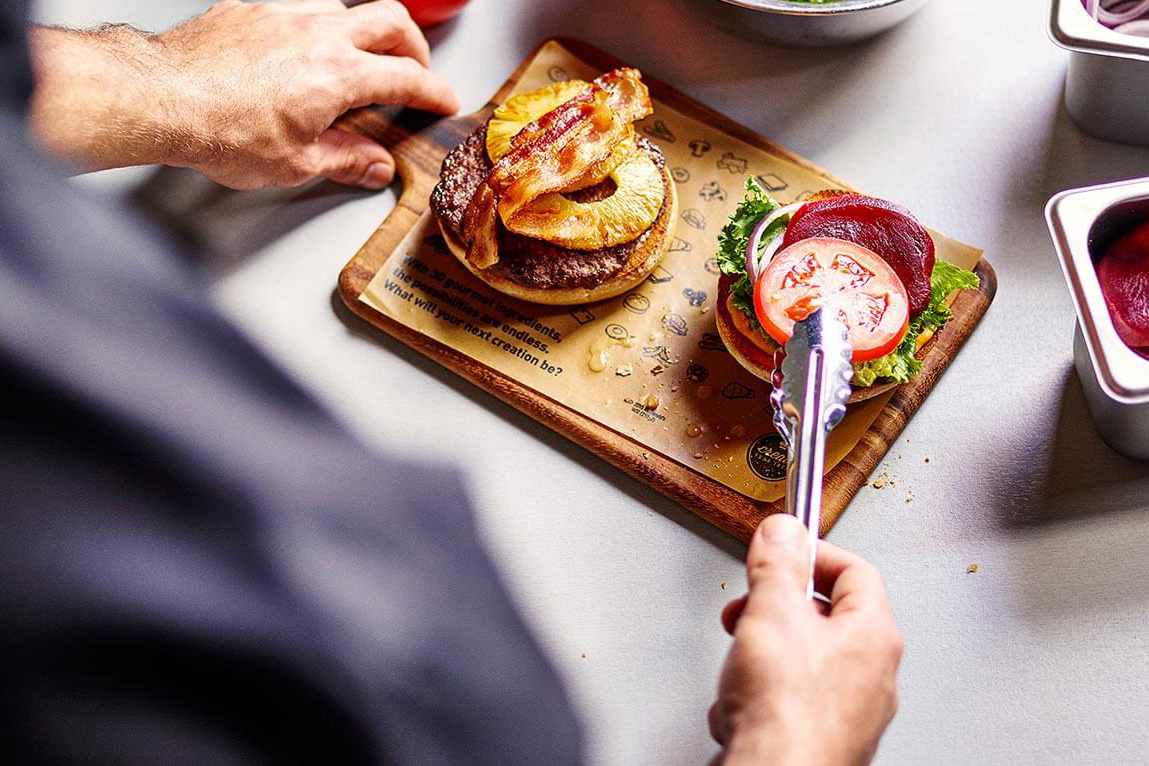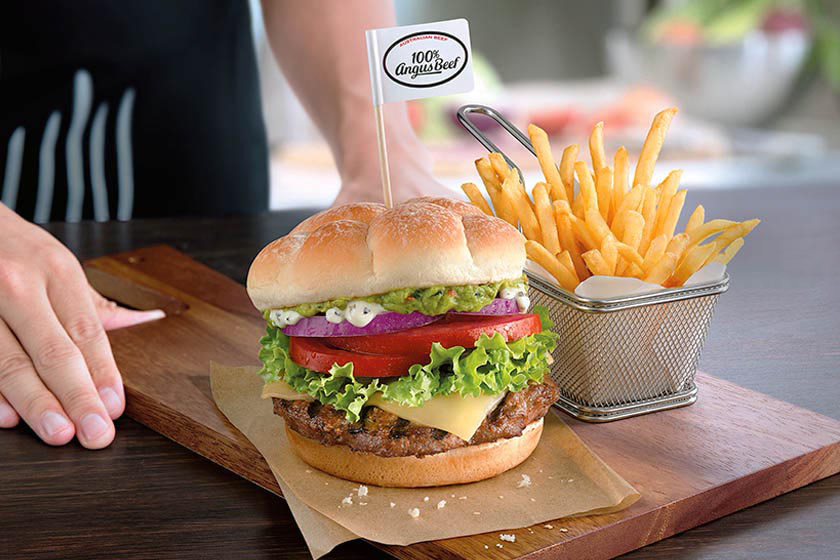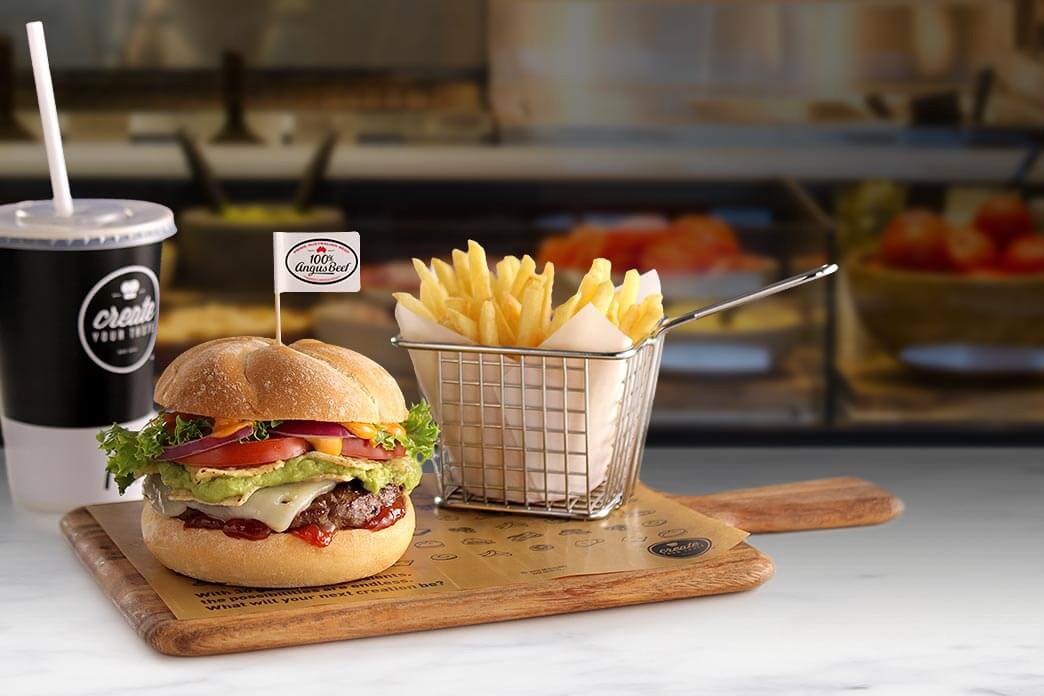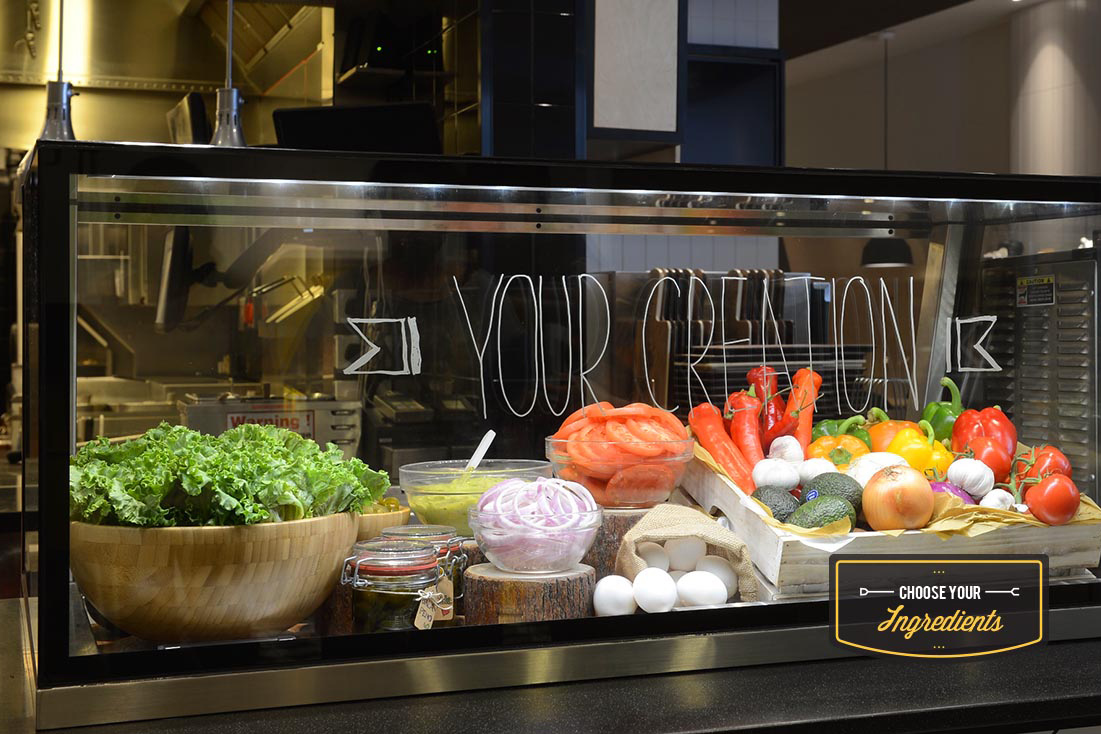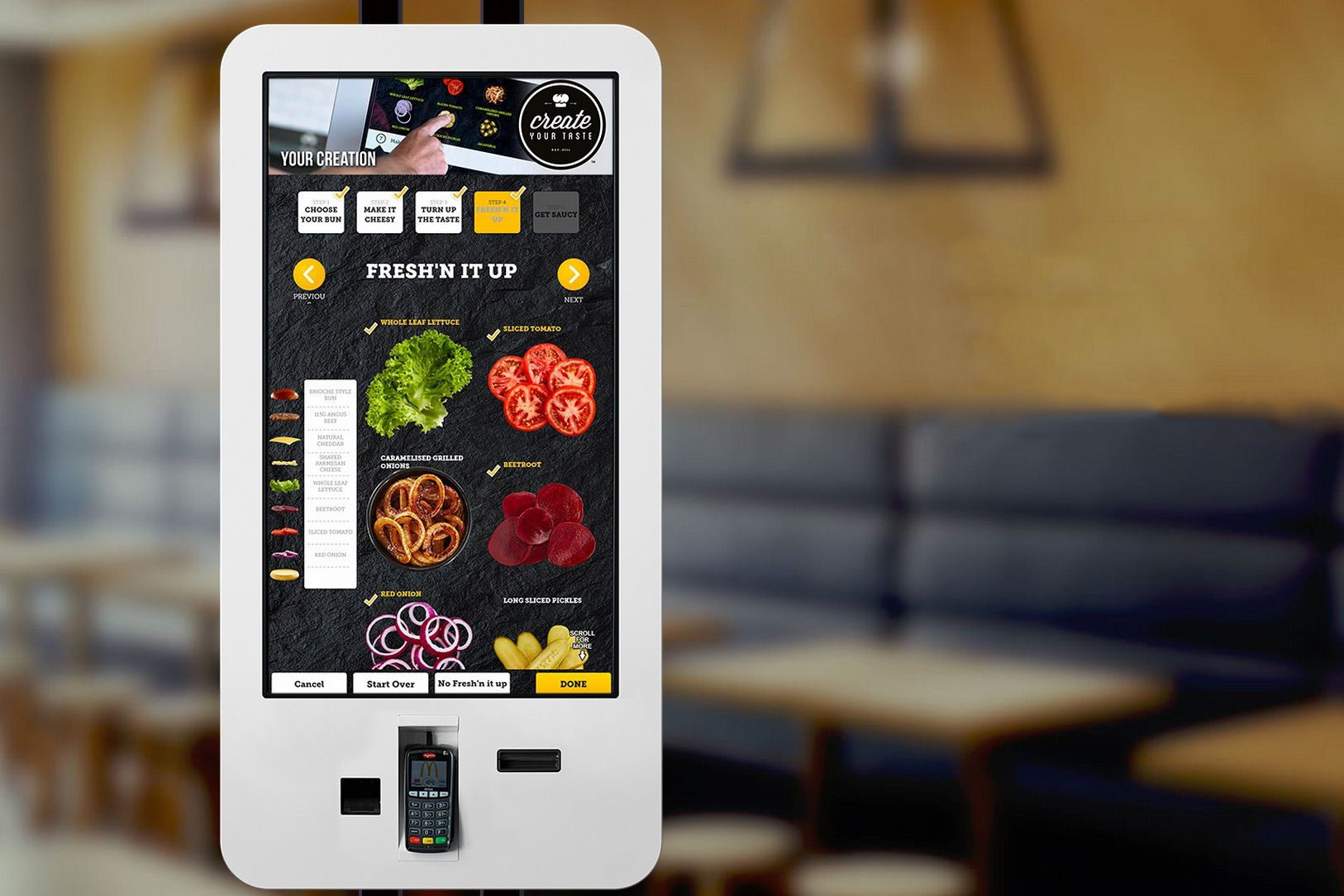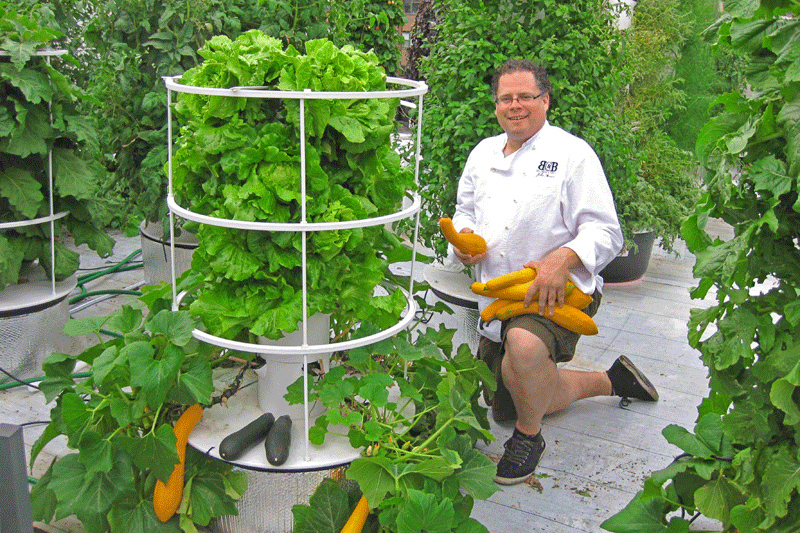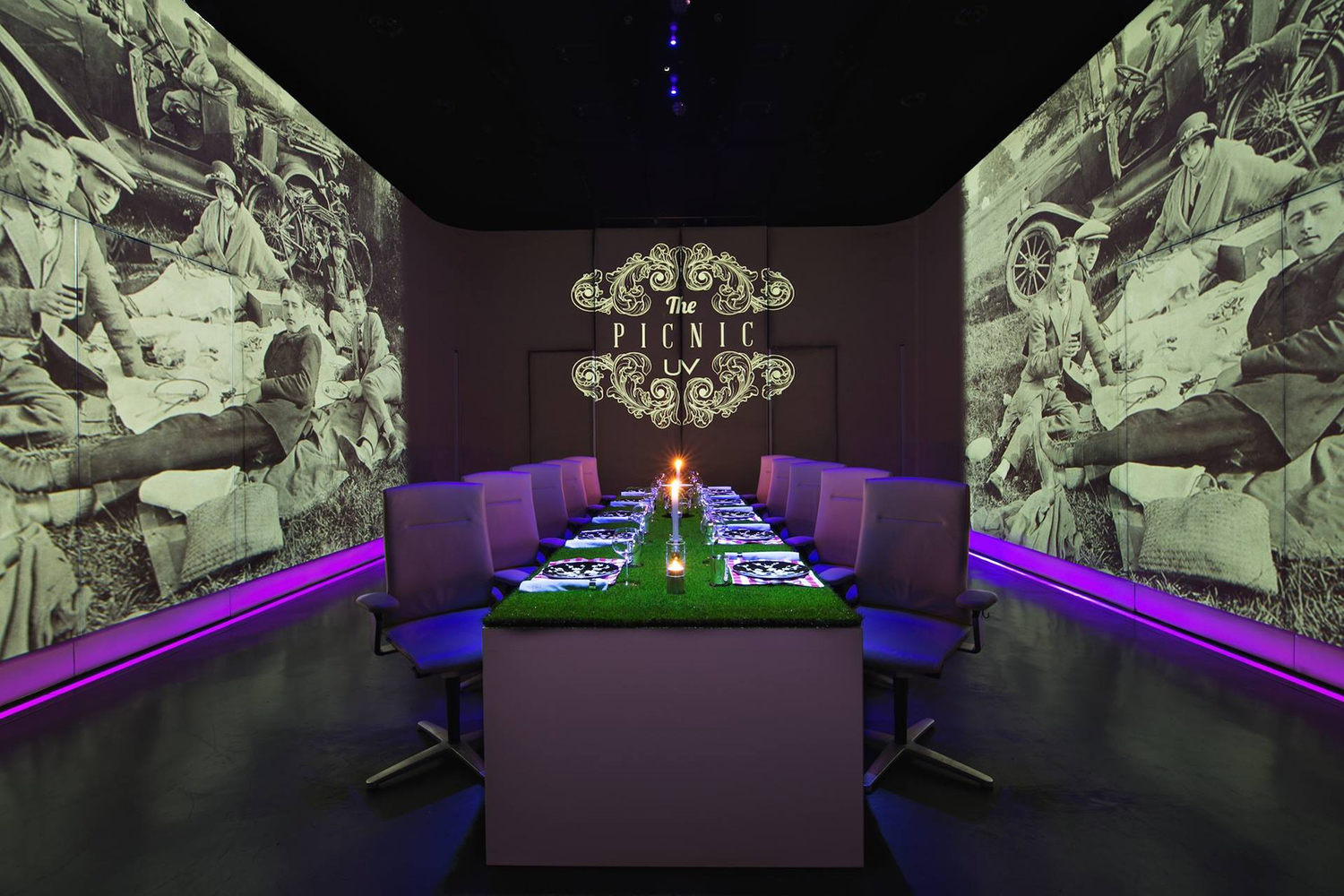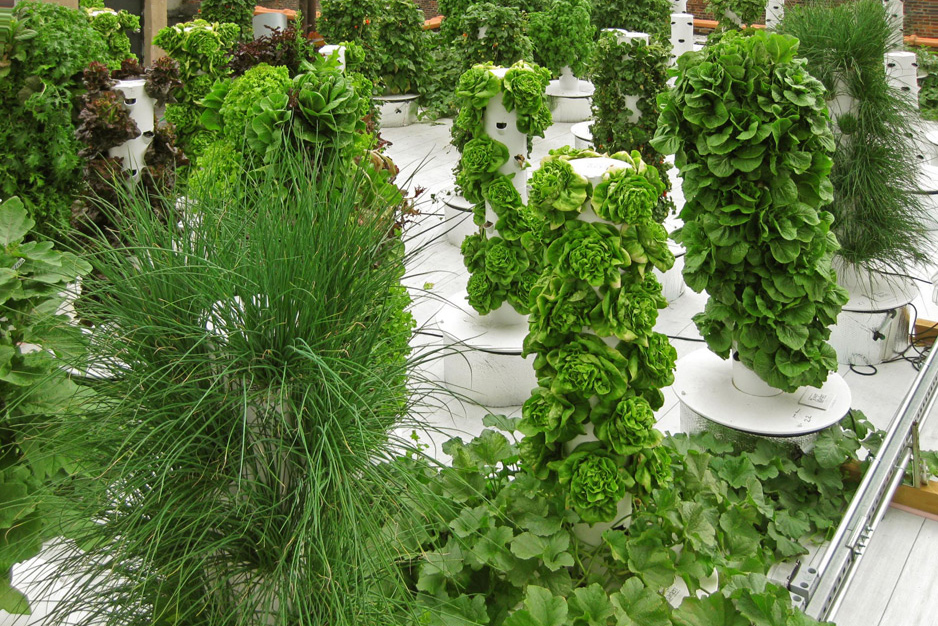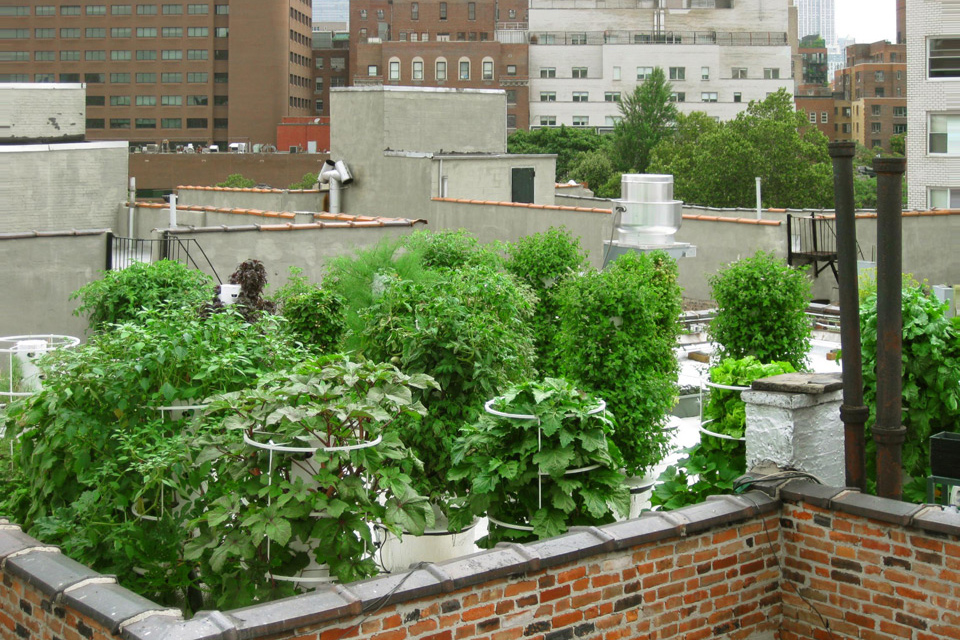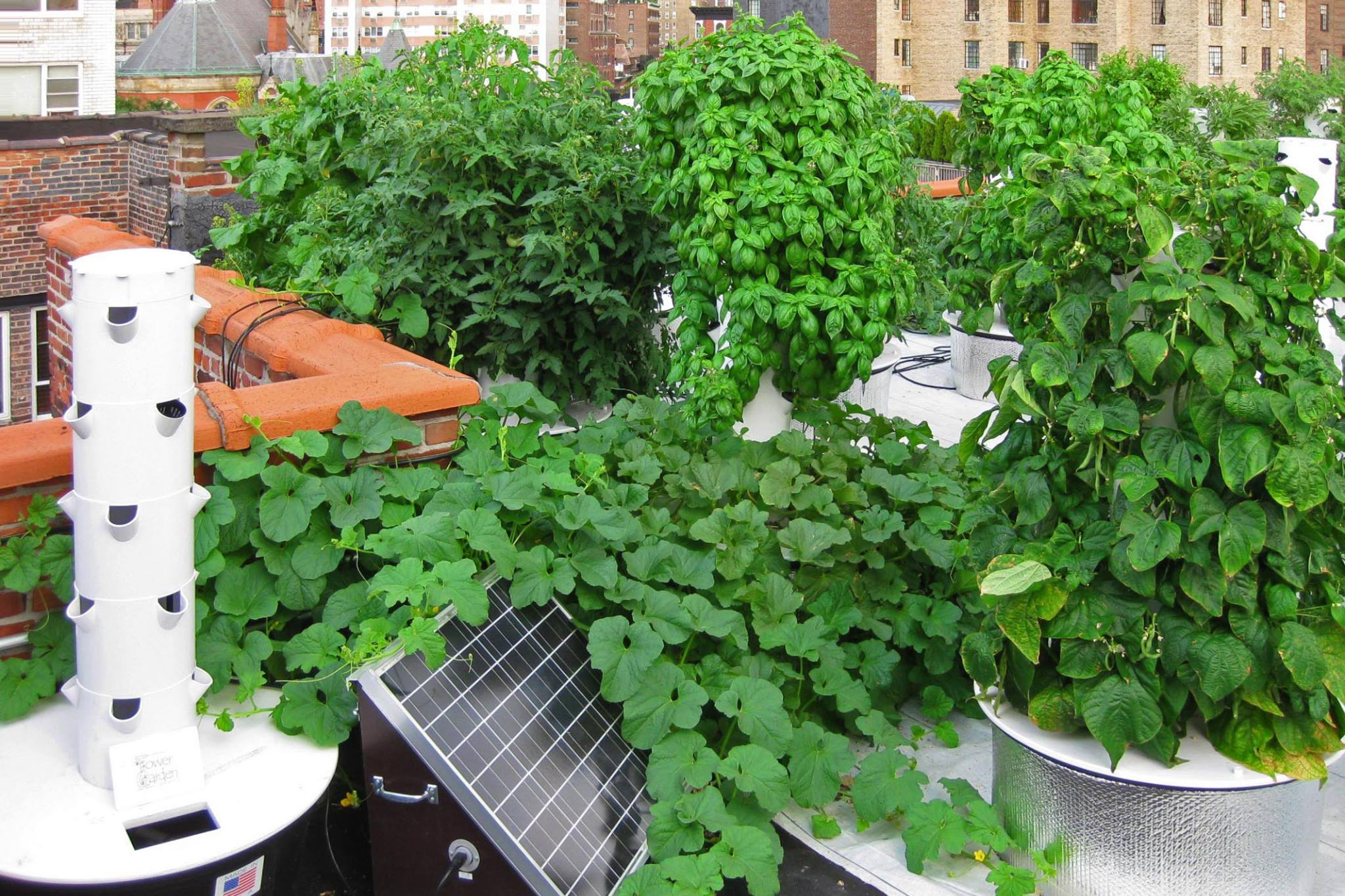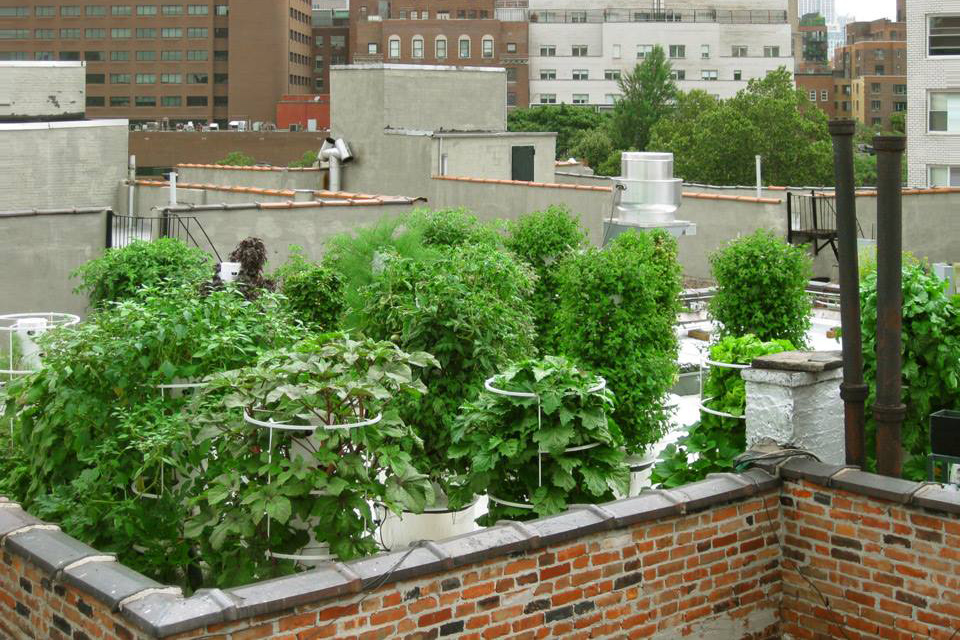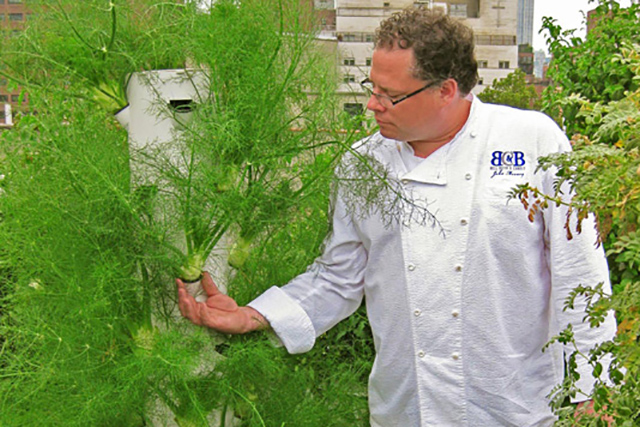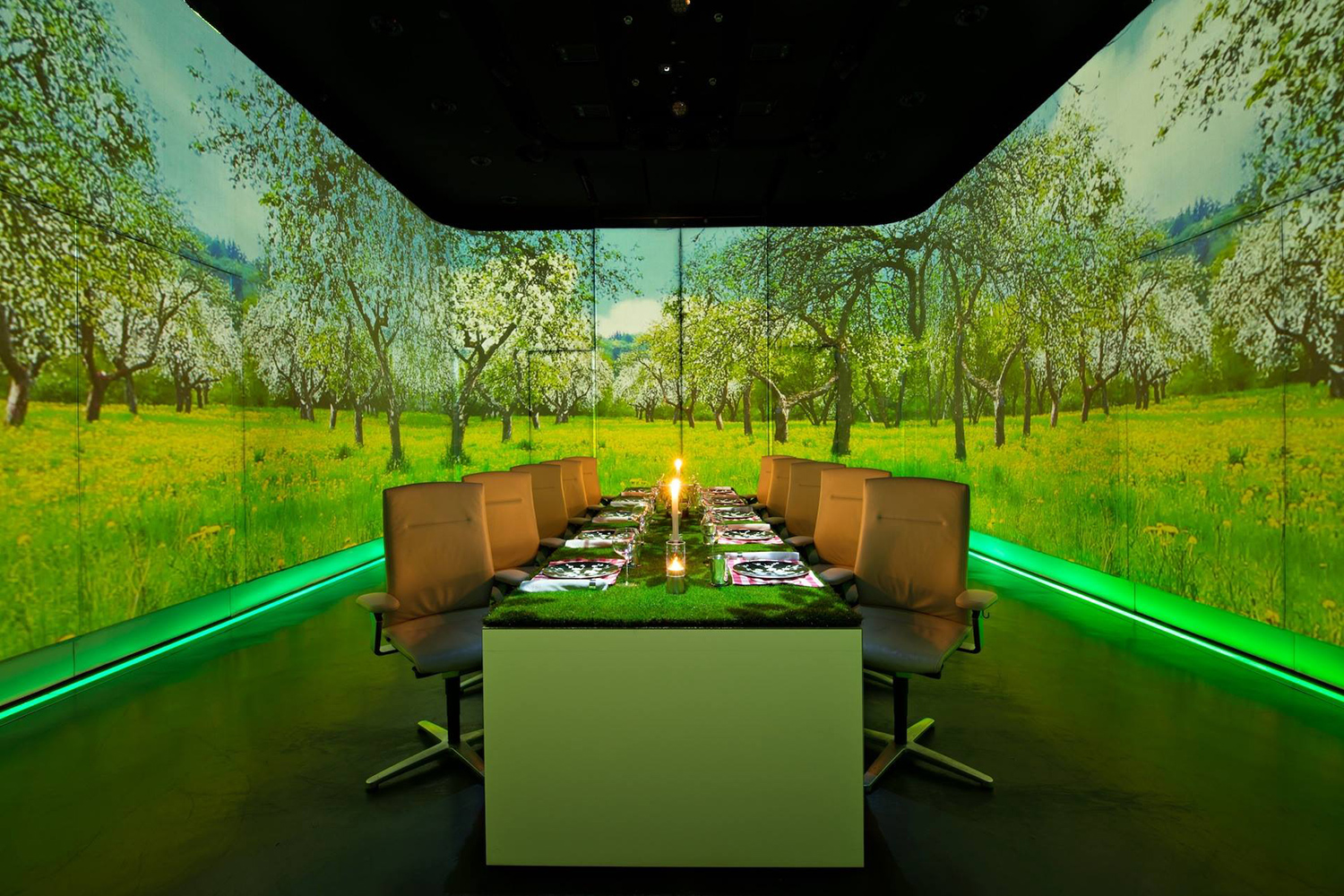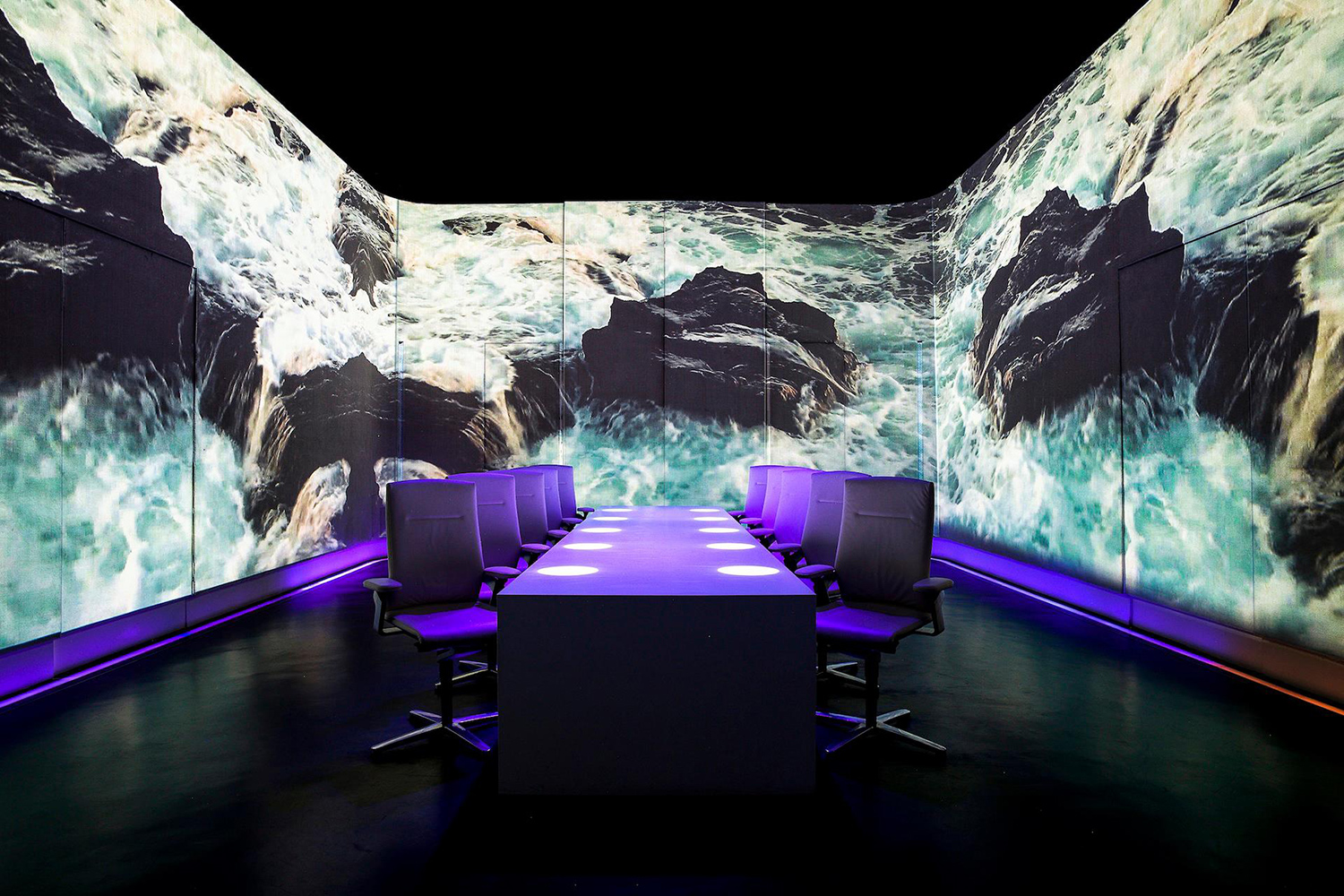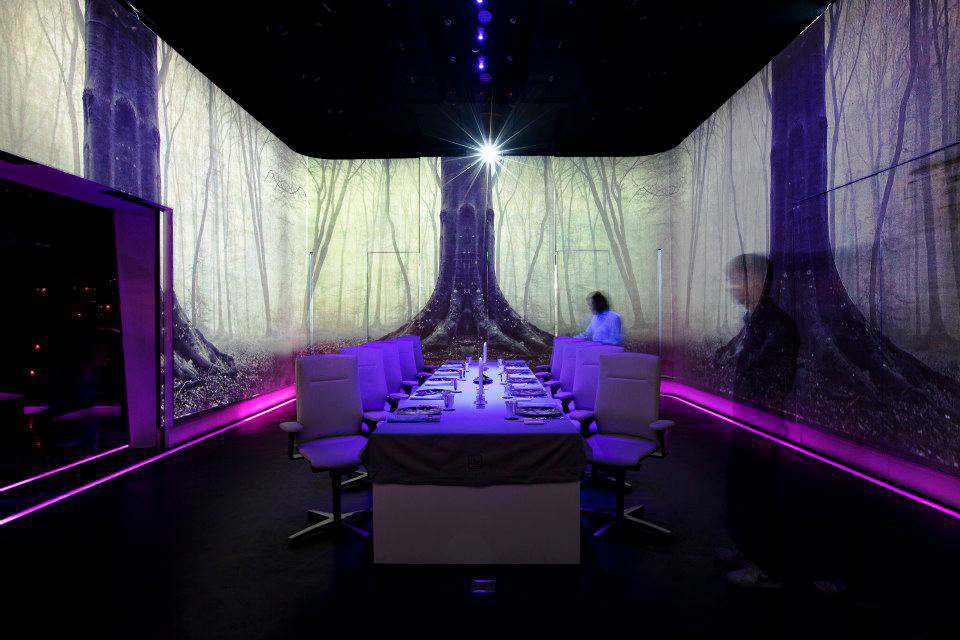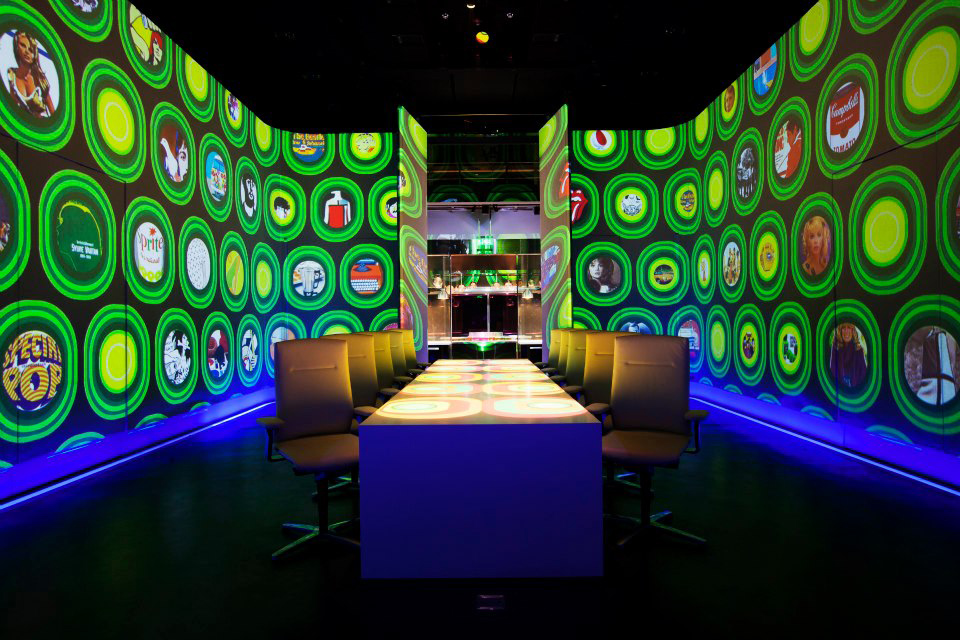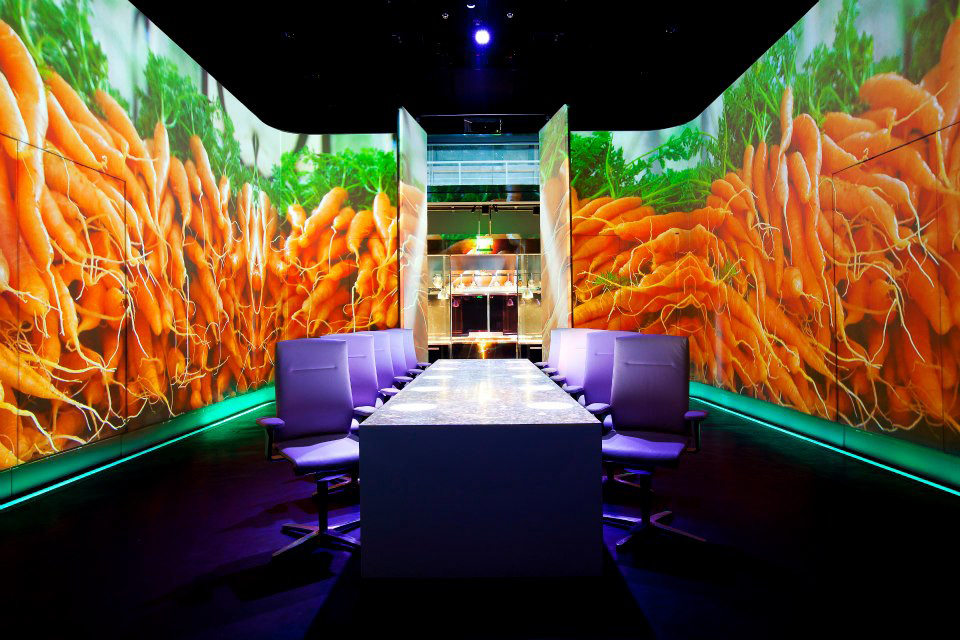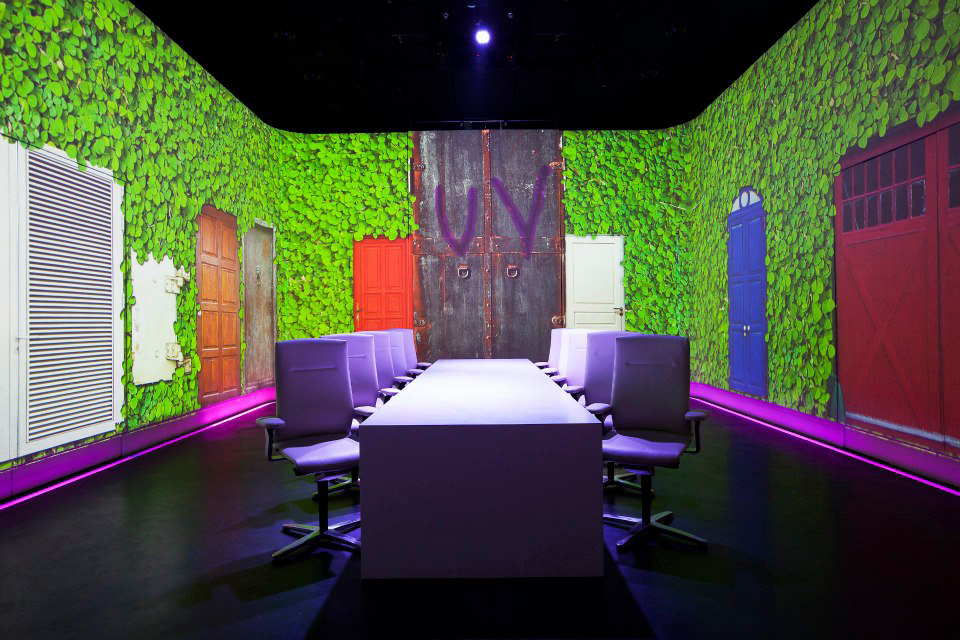
The food service industry might seem like the last bastion for an old-world experience, but technology is increasingly playing a role in its evolution, as evidenced by the computer-based terminals that send orders to the kitchen and split checks three ways, and mobile-based transaction systems like Square and PayPal that let even the local ice cream truck take credit card payments. Chili’s has installed more than 45,000 tabletop kiosks from Ziosk that handle payment, as well as reordering beverages or games. Technology is not only allowing restaurants to operate more efficiently, but also refocus their staff on other duties or even, gasp, replace them.
Of course, there are restaurants that employ tech as gimmicks, like the ones using robots that do triple duty as servers, cooks, and clowns. It’s not a surprise that many of these restaurants have also closed. But here are eight examples of eateries that are using tech to either maximize their profits or enhance the customer experience.
Eatsa
Eatsa is a new healthy fast food restaurant that revolves around protein-rich quinoa. As you create your bowls of the super-grain on customized iPads (or in advance on your smartphone), you’ll notice something missing: cashiers and servers. With the exception of one employee to help customers with ordering, most of the staff work behind the scenes to create the food and deliver them in automat-style compartments. The concept was developed by Tim Young and Scott Drummond, two entrepreneurs with experience in tech and branding. By incorporating technology, realigning staff duties, and removing meat-based proteins, Eatsa is able to cut down on waiting time while delivering high-quality, nutritious food at just $7 a bowl – unheard of in high-cost San Francisco.
The company plans to expand Eatsa to other cities, but the kiosk concept is already happening at restaurants like Panera Bread, which is installing tablet-based ordering systems in its cafes to help speed up food delivery.
Alinea
You’ll find plenty of restaurants serving up molecular gastronomy these days, but Alinea in Chicago could be considered the most innovative at combining food with science and theatrics – so impressive that one diner set out to recreate them at home. For chef Grant Achatz, he doesn’t even see Alinea as a restaurant in the traditional sense. Rather than steak and lobster, you’ll find edible balloons filled with helium, a “flat-packed” dish that diners would assemble, a dry-ice-filled chocolate ball that drops and breaks to unveil a pumpkin pie dessert, or a lamb entrée that’s composed of 86 ingredients. Alinea might sound like a mad scientist’s laboratory, but with three coveted Michelin stars, diners and critics consider it one of the top restaurants in the world.
Inamo
In this Asian-fusion London restaurant, there are no paper menus. Instead, it’s projected onto the table, which you can navigate as you would a tablet. Food is ordered by pressing the virtual buttons on the “e-table,” at the customers’ leisure. While they wait, diners can watch a video of the kitchen staff preparing their food or pull up info about the local area; they call up the bill at the end of the meal. The projection system is even customizable on the fly, allowing the restaurant to change it up for special events. According to the founders, they developed the concept after a dining experience in which they had trouble getting the attention of wait staff. They say the e-table actually frees up the staff to be more social with diners. As for the food, the restaurant has a 3.5-star Yelp rating and four stars from OpenTable diners, so it’s not just smoke and mirrors.
OTG at Newark
Nobody actually raves about airport food, but that’s changing. Airports across the country are sprucing up their food courts with tastier offerings other than greasy pizza and burgers. One such food vendor is OTG, which partnered with United Airlines to revamp the eateries at Newark International that are more farm-to-table than fryolator. Part of OTG’s strategy relies heavily on technology: Food is ordered through customized iPads at the counter or table, which also handle transactions. OTG says the iPads aren’t there to replace wait staff, but it ensures food is ordered correctly (cutting down on what’s called “voids”) and delivered efficiently – important when you’re possibly short on time before your flight. As you wait, you can scan your boarding pass on the iPad and it’ll pull up information regarding your flight, as well as access other information. OTG is rolling out the system at all airports it operates in, including Delta’s terminal at LaGuardia Airport.
McDonald’s Create Your Taste
McDonald’s is a pioneer in fast-food technologies, from how food is prepared to how it’s delivered to customers. In Australia it launched a kiosk-based ordering and payment system called “Create Your Taste,” which the company is now testing them in the U.S. The CYT kiosk lets users design their burgers: They can choose the type of bun, toppings, and dressings. Despite the artisanal approach, unfortunately, as Eater’s Robert Sietsema discovered, you’re still getting the same beef patty and the kiosks are marred with issues.
News about McDonald’s plans to introduce computer-based ordering systems stem back to 2011, when it was reported the restaurant chain would add touchscreen terminals at 7,000 European locations – followed by outcries that they would replace human cashiers and eliminate jobs. McDonald’s is now caught in the current debate concerning minimum wage increases, and the kiosks have been cited as a solution for getting around the issue. But McDonald’s execs say that isn’t the case, and the CYT program is just a way to enhance the customer experience and it has no intention of eliminating jobs (although it’s laying off employees at headquarters, due to restructuring amid lower sales).
Whether we like it or not, computer kiosks are only going to become more prevalent in the fast-food industry (e.g., Eatsa and Panera). For some reason McDonald’s seems to be getting most of the backlash, but for a company that’s about maximizing efficiency through technology, is it that surprising it would eventually move toward such a system? Now, if they can only do something about those terrible drive-thru speaker systems.
Bell Book & Candle
The vegetables at this New York City restaurant might taste a little fresher, thanks to the aeroponic garden on the rooftop. The “farm,” developed by Future Growing, provides the restaurant with its herbs as well as eggplants, lettuces, peppers, tomatoes, and more. Not only are they organic, it’s also a sustainable method in food production and consumption; the plants grow in towering plastic columns, using water instead of land and soil.
Although food is still grown in farms and trucked to our local supermarkets, there’s growing interest for organic and locally sourced products, not to mention concerns regarding water shortage, high oil prices, and overpopulation – issues that have effects on the cost of food. A technology like this aeroponic system would allow people to create modern-day victory gardens for producing sustainable and fresh food.
Ultraviolet
Dining at Ultraviolet in Shanghai is like feeding all your senses, not just the taste buds. The intimate 10-seat dining room is surrounded by video screens and speakers that provide an audio-visual experience that’s paired with each “Avant-Garde” dish (22 in total), along with lighting and even scents circulated throughout the room. The brainchild of French chef Paul Pairet, the idea here is that food doesn’t just elevate a one part of the sensory experience, which feels a bit Kubrick-esque (check out this video to get an impression of what the dining room feels like, where you’ll sit through an early morning, rain forest, and thunderstorm).
If you think the special effects are just gimmicks, know that the restaurant has a five-star rating from Tripadvisor. Reservations can only be made online.
Muten Kura Sushi
Kaiten-zushi, or conveyor belt sushi, is a restaurant concept invented in Japan in the 1950s. As the name suggests, the chefs place small plates of sushi or other items onto a moving belt that circulates around a dining room; diners can pick whatever dish appeals to them. As Western nations freak out about kiosks replacing wait staff, the Japanese have no such qualms when it comes to fast food.
With this being high-tech Japan, the Muten Kura sushi chain has taken the kaiten concept to the next level. In each restaurant, diners never interact with service staff. In addition to the standard conveyor belt that moves past every booth, there are two belts: one for high-speed delivery of food that’s ordered via a tablet, and another that collects used plates. And, the more you consume, you’re automatically entered into a contest where you can win prizes (also delivered via conveyor belt). There’s also a spout that dispenses beverages.
There are employees working behind the scenes, but the restaurant is highly automated. The conveyor belt that collects dirty dishes channels them to a robot that washes and dries them. Even the food is prepared by robots, as there are no trained sushi chefs. The computer system also monitors how many diners are eating, as well as what dishes are popular and what the kitchen needs to pump out more of. Jiro Dreams of Sushi this is not, but the technologies provide tasty sushi – a commonly expensive meal – at an inexpensive price.
If you’re looking for something that’s a bit more insane but oh-so-Japan, hop on over to the Robot Restaurant in Tokyo’s red-light district.
